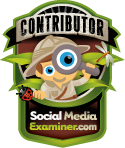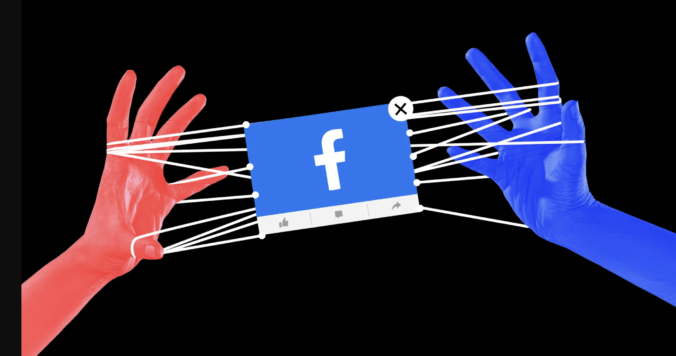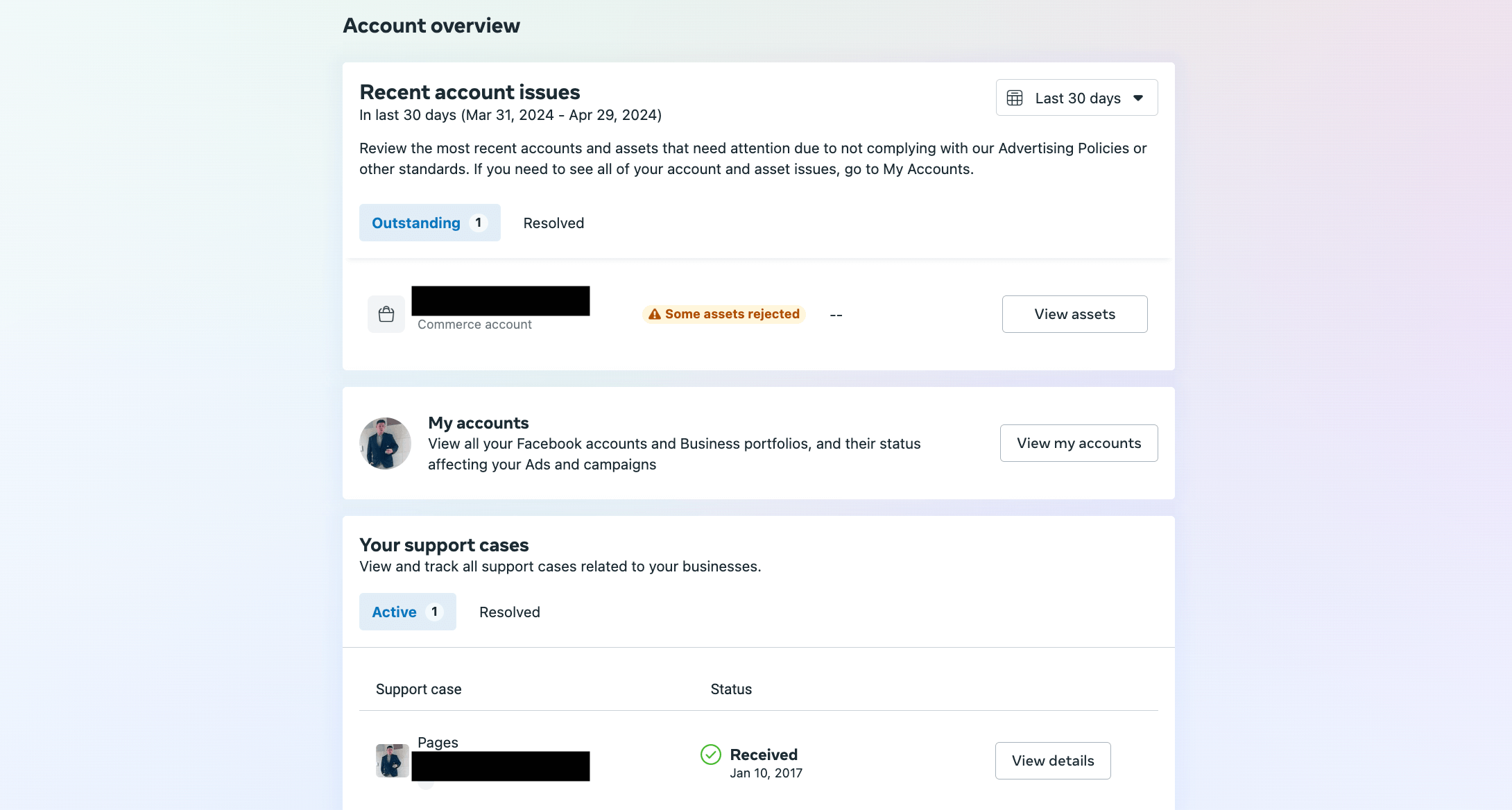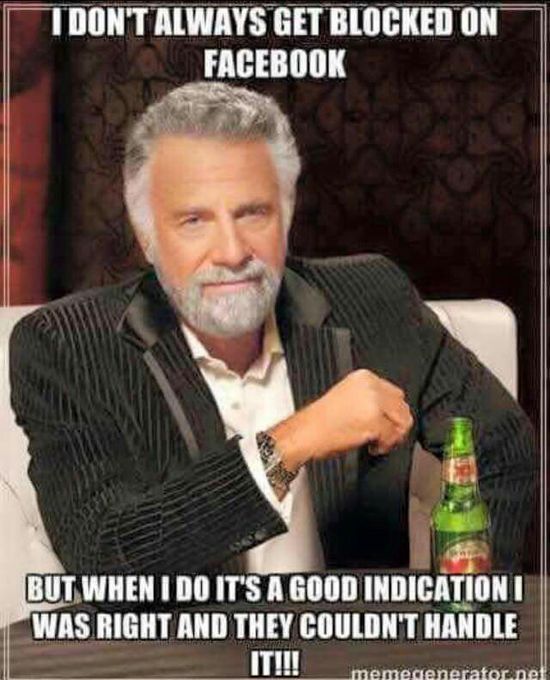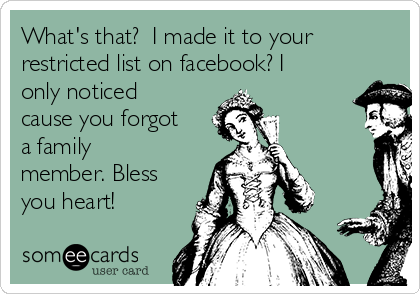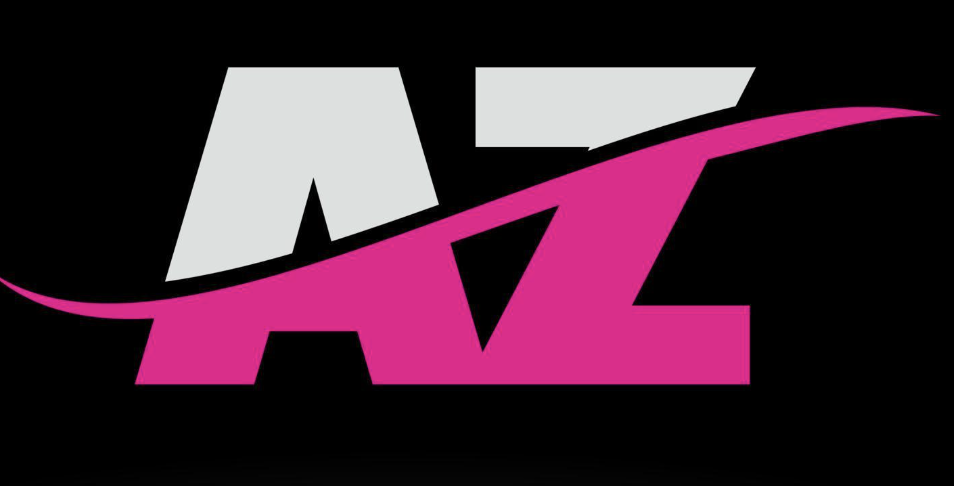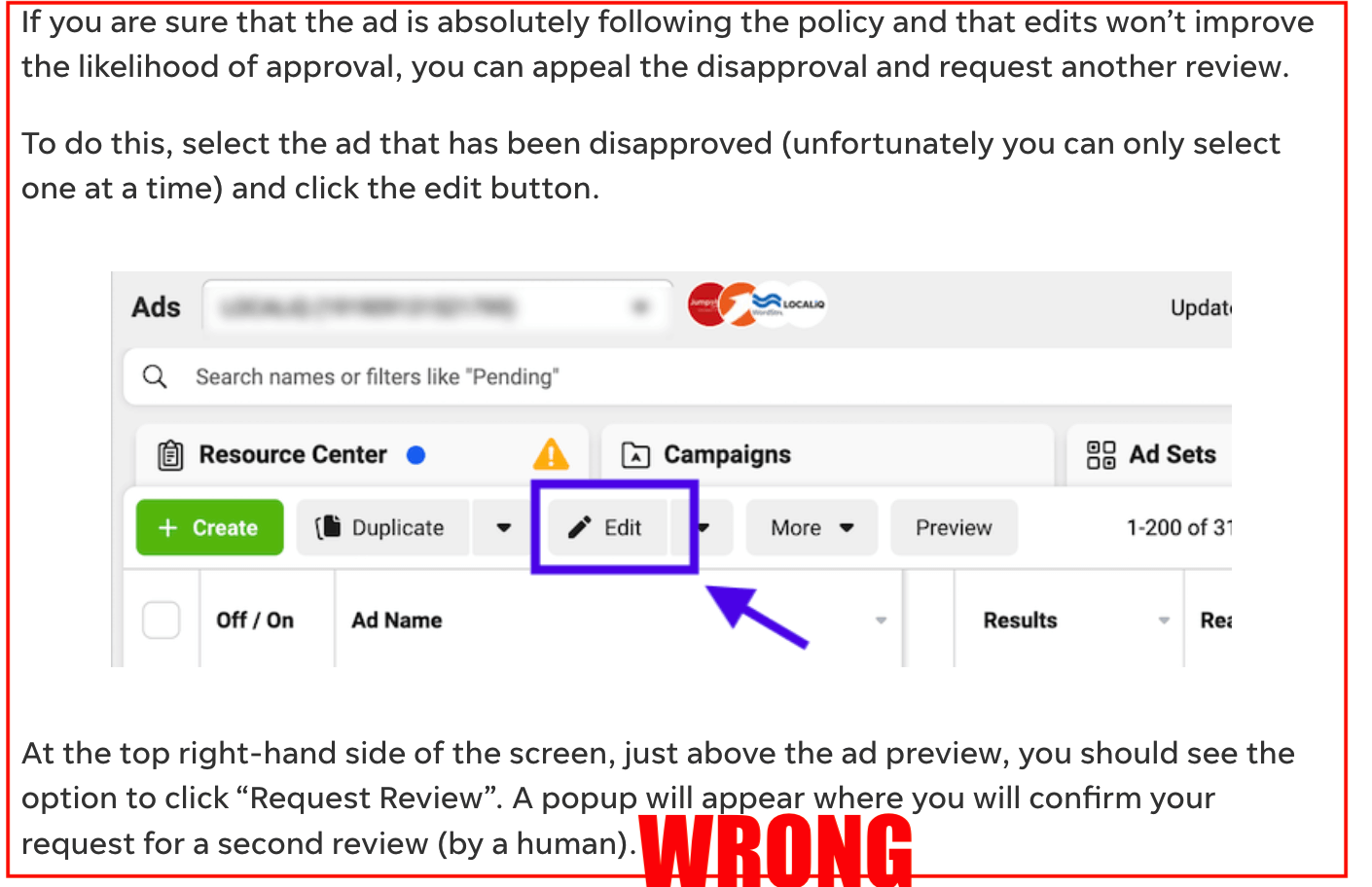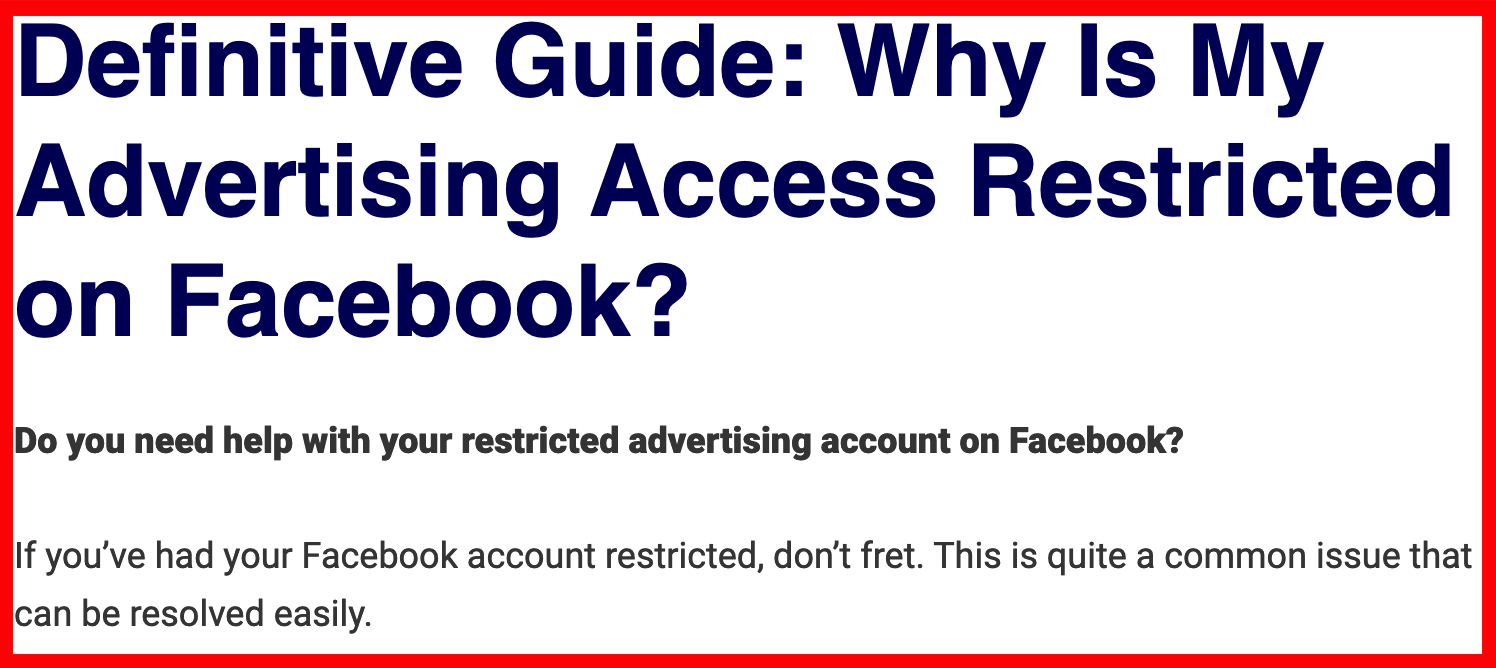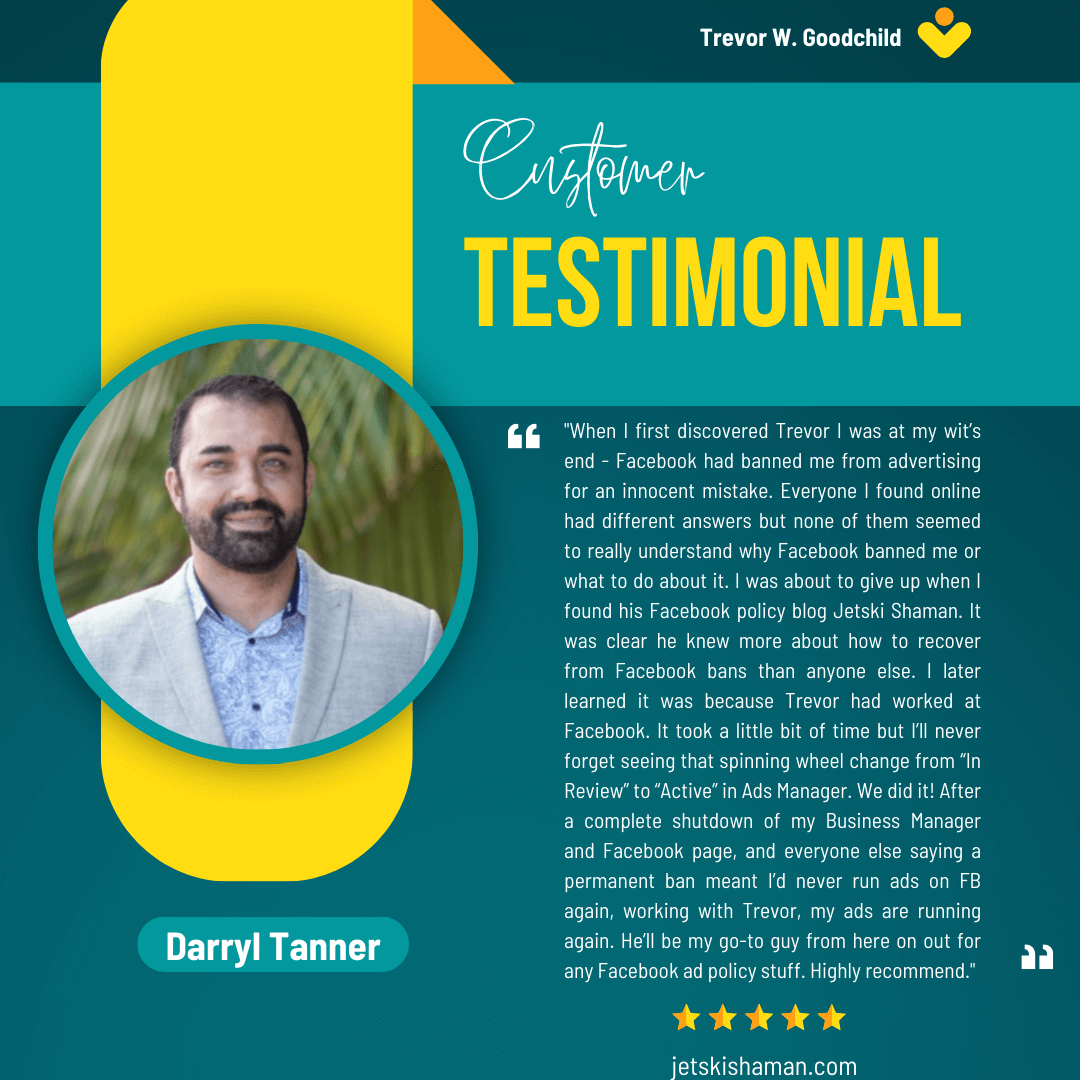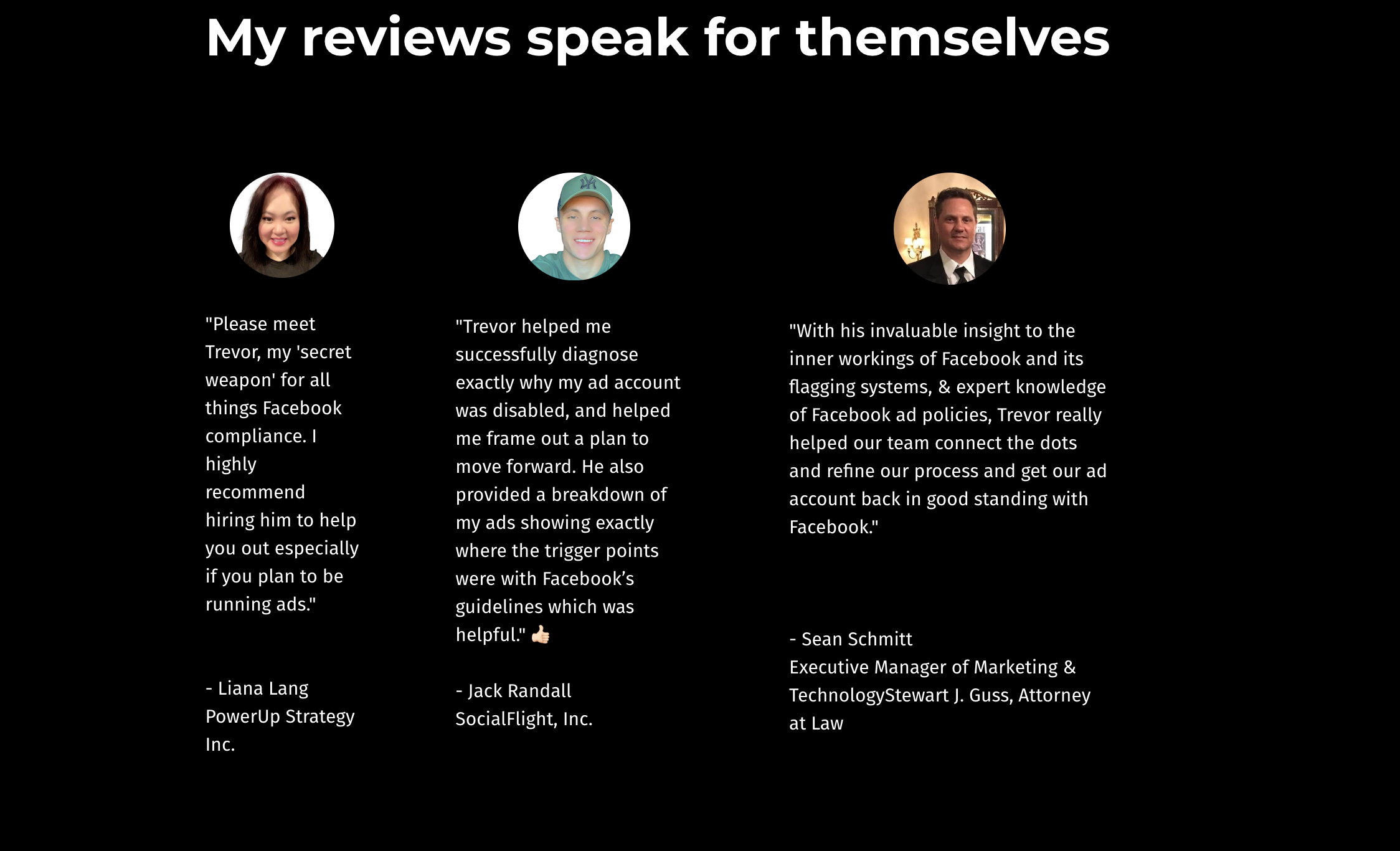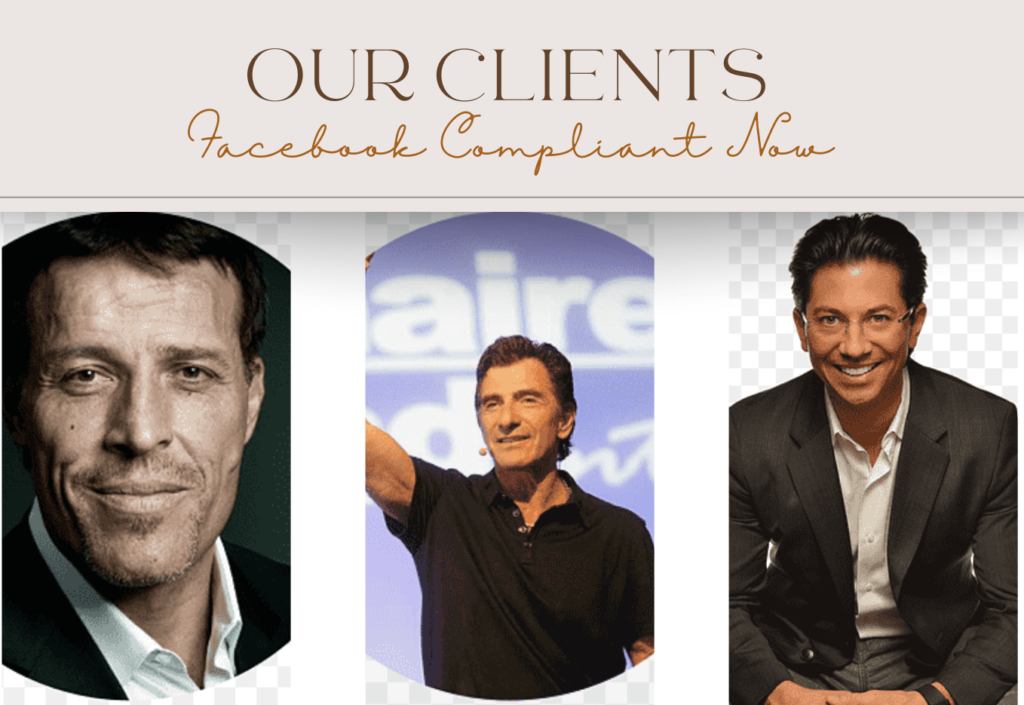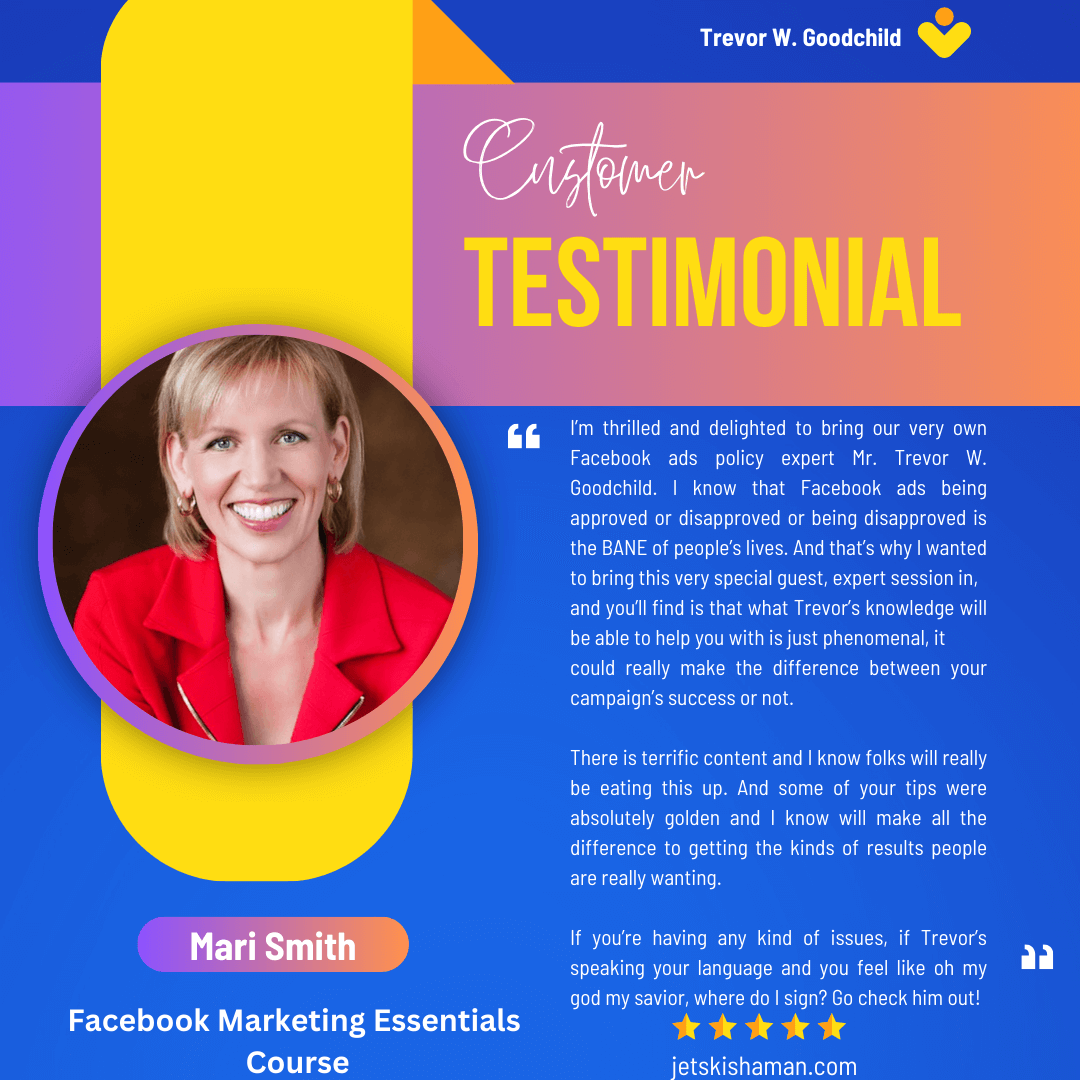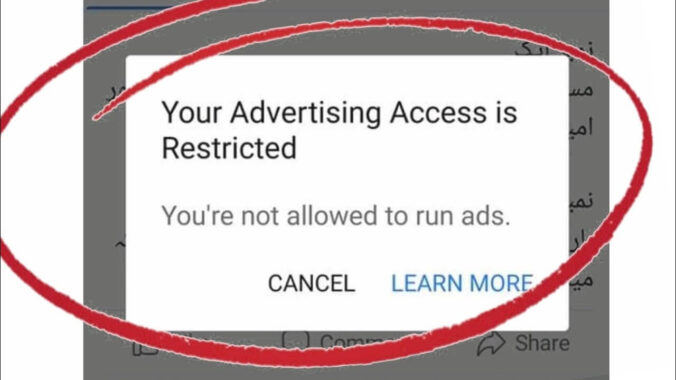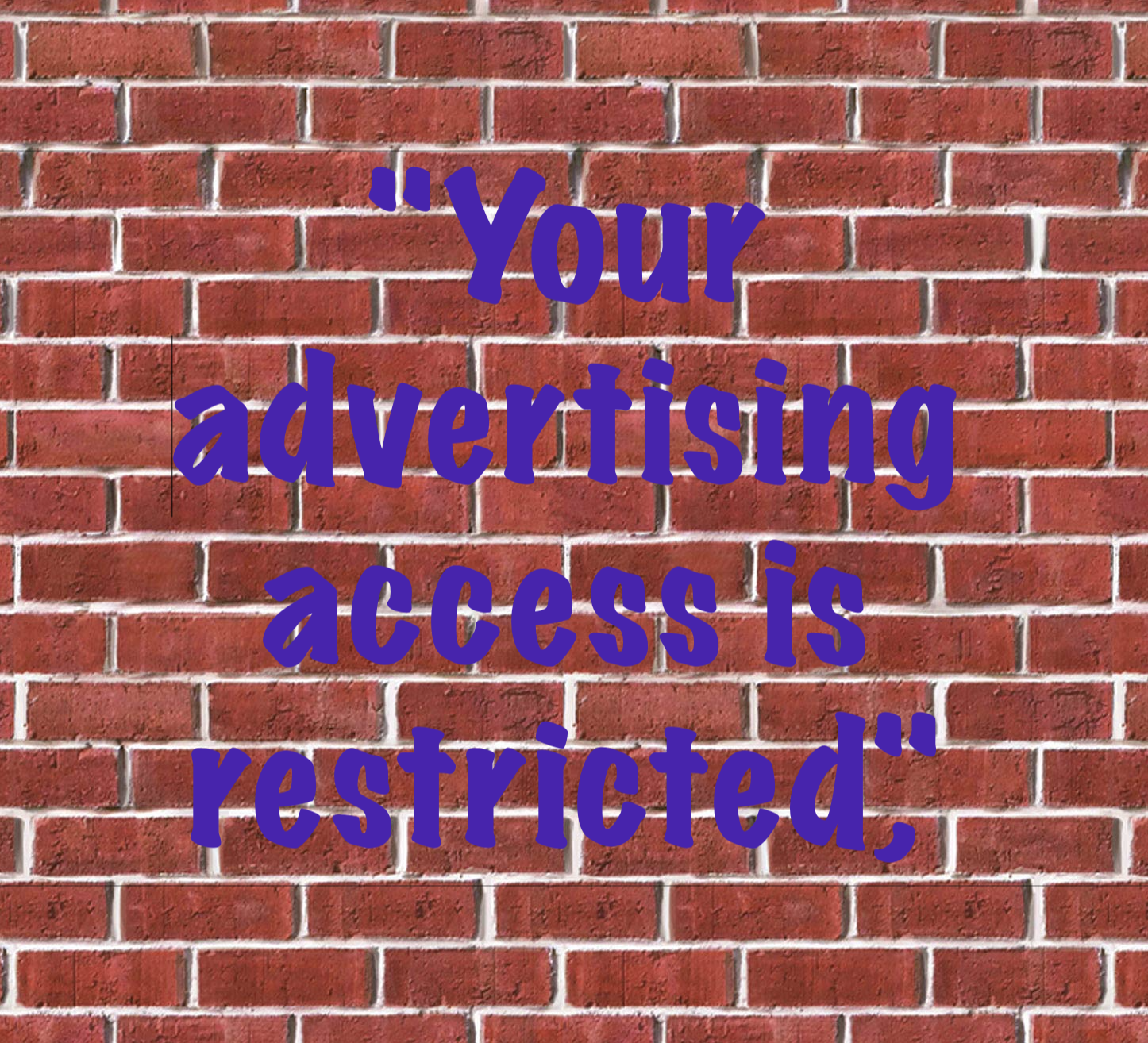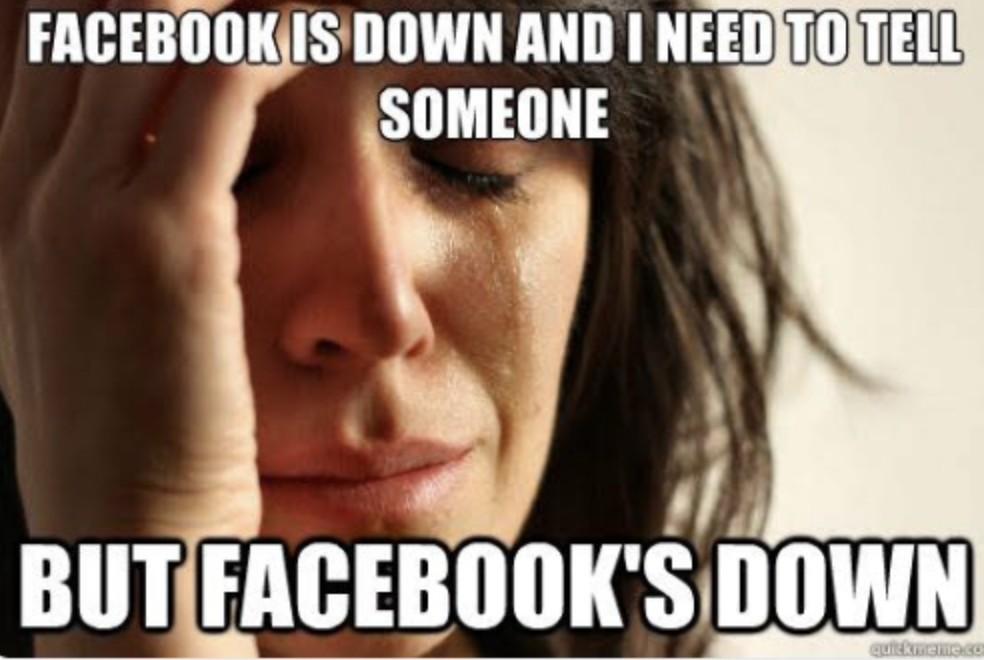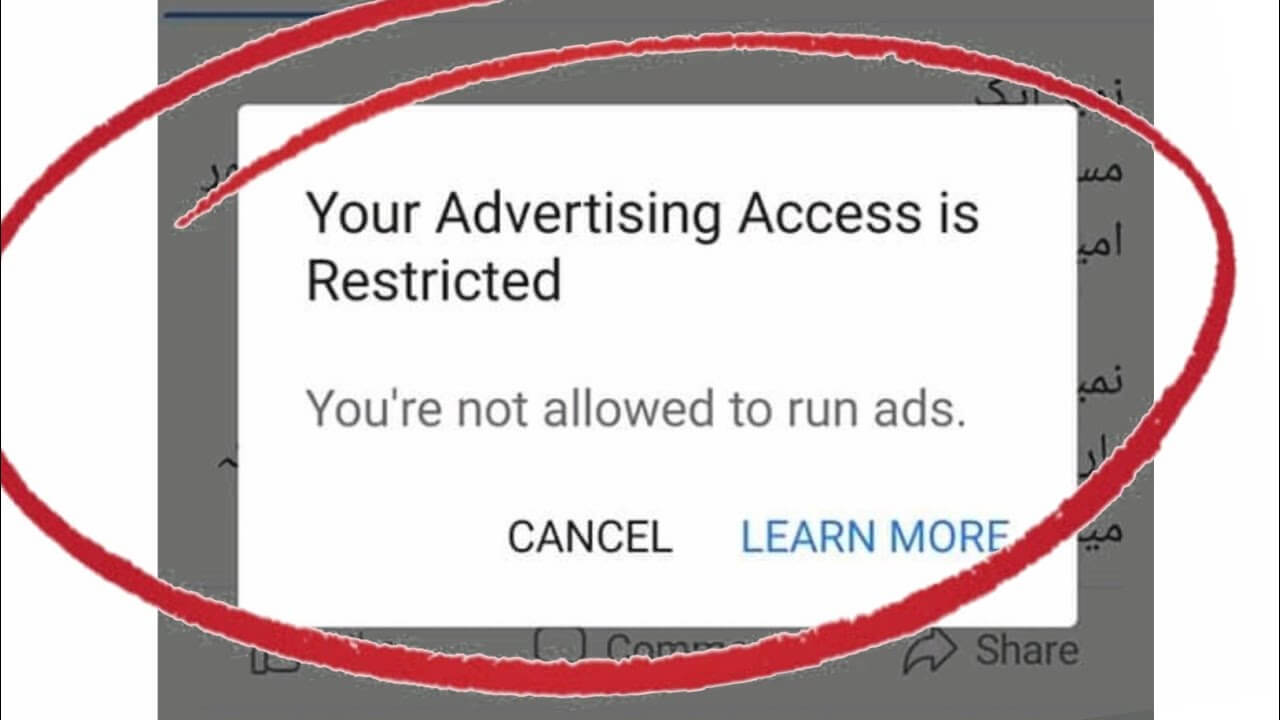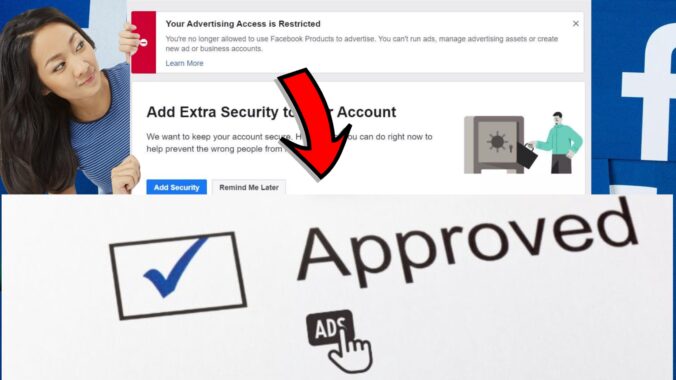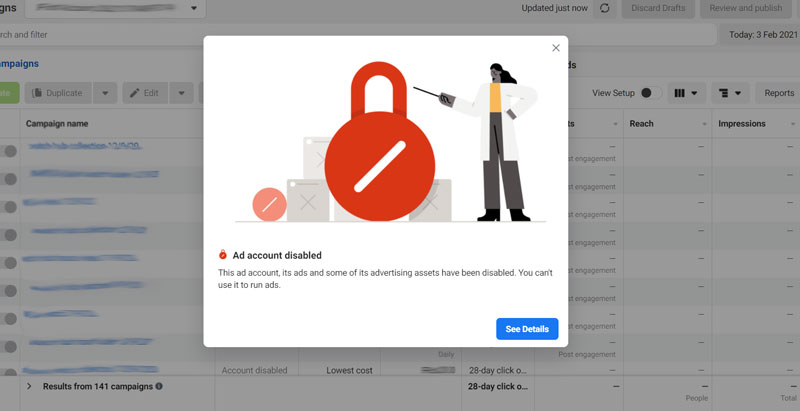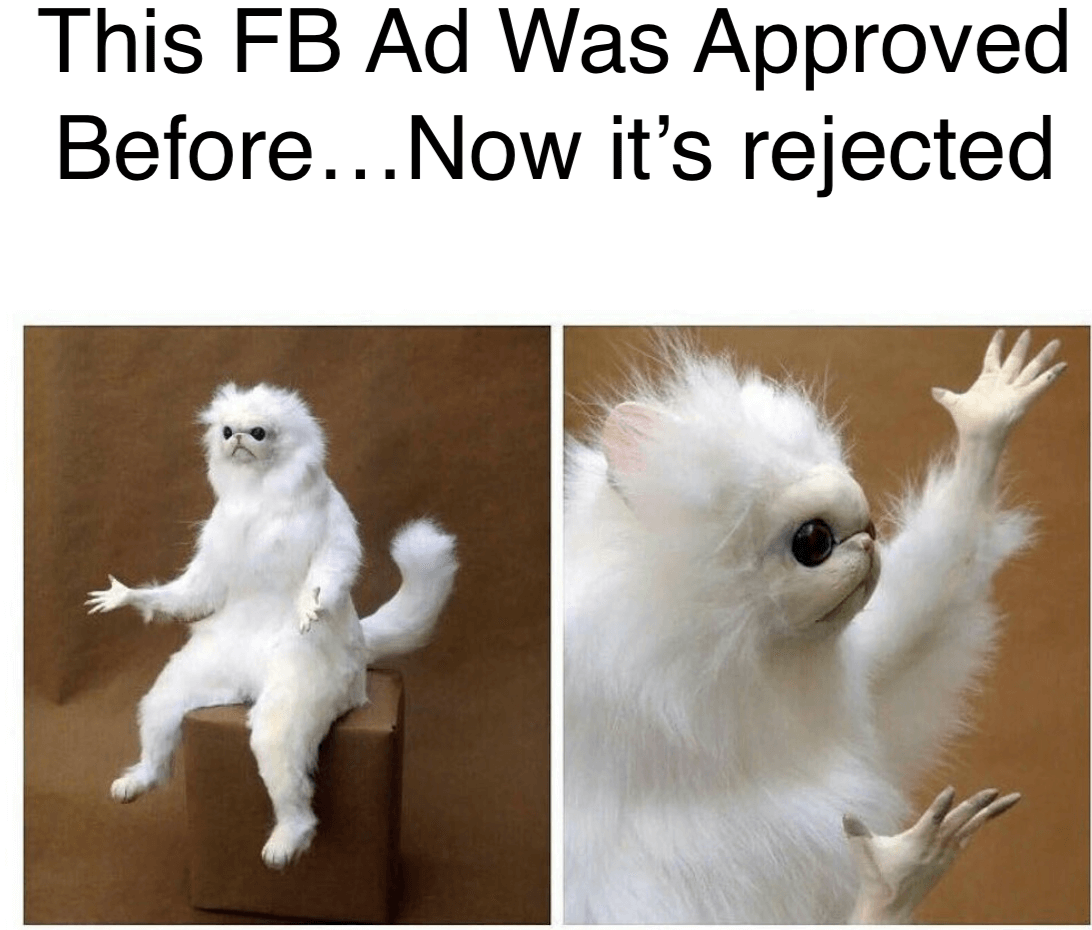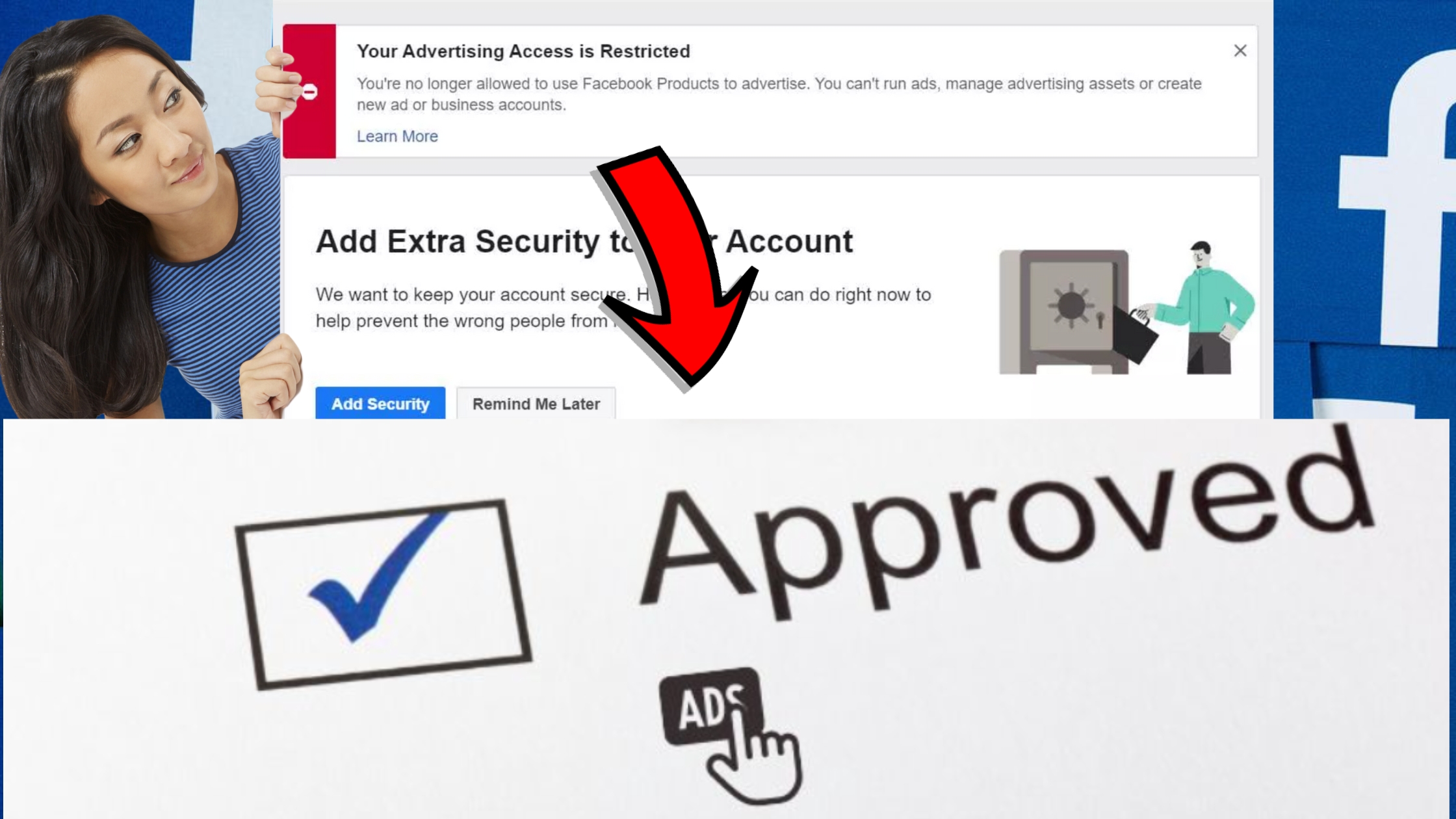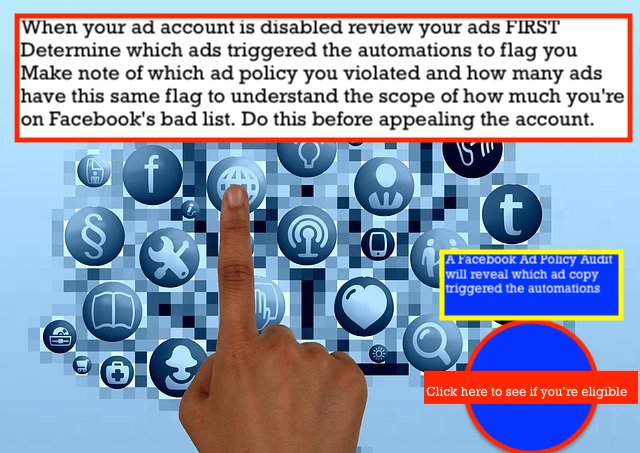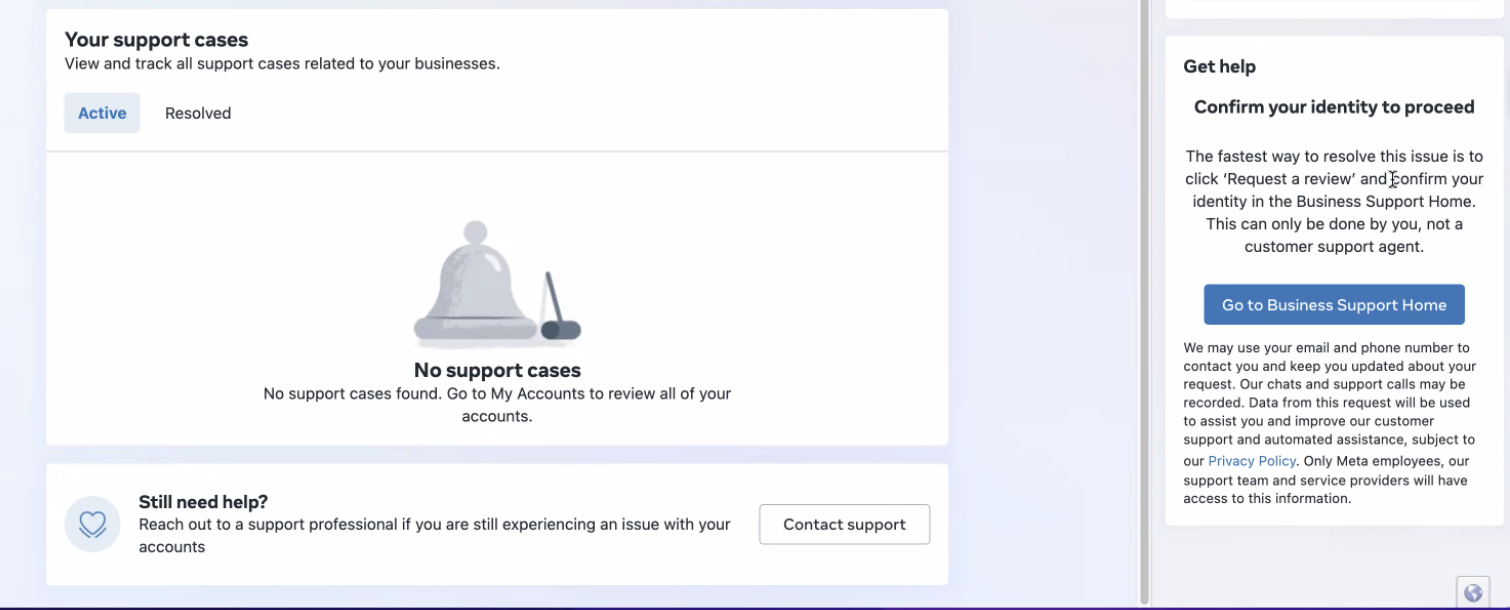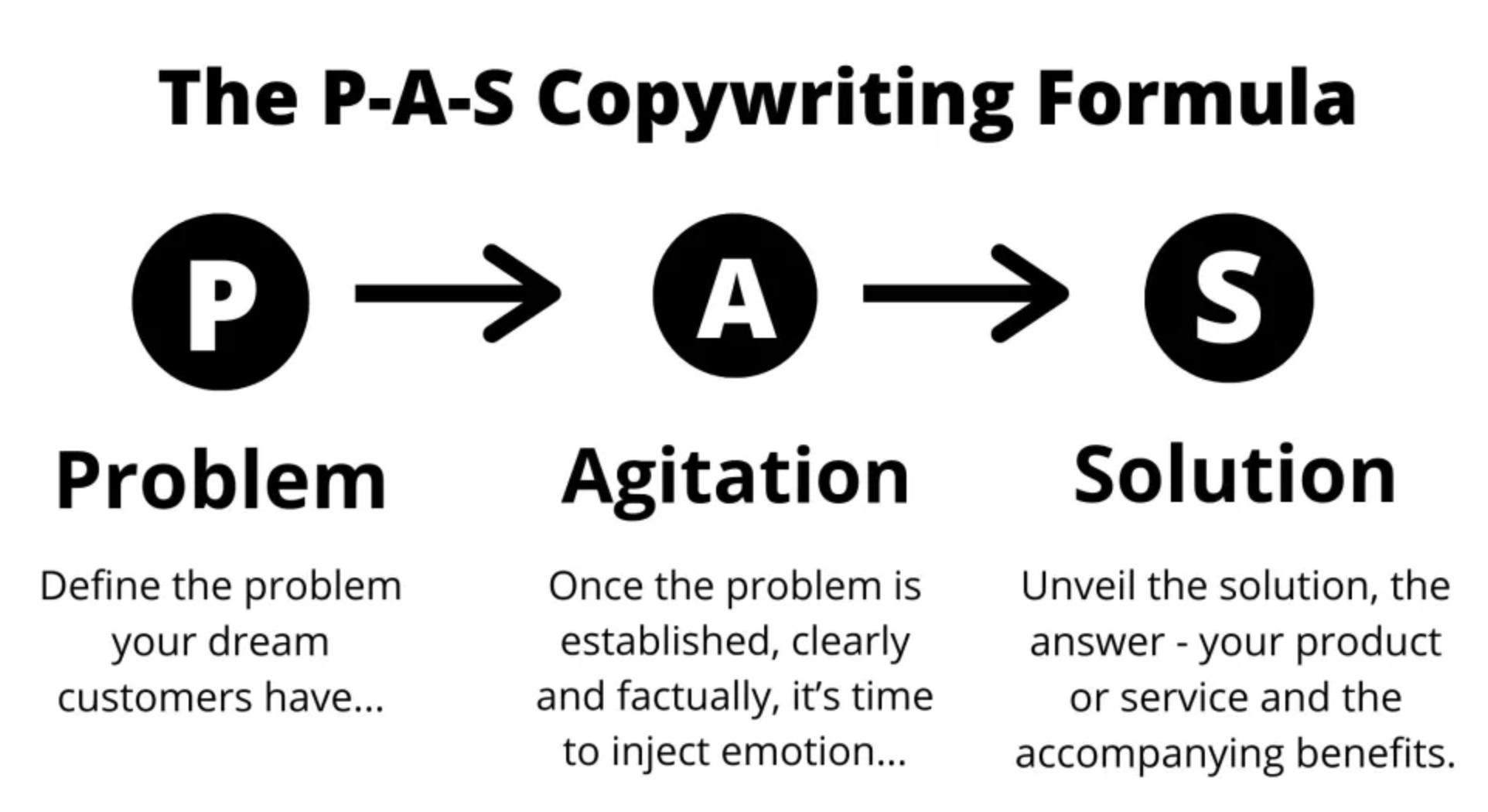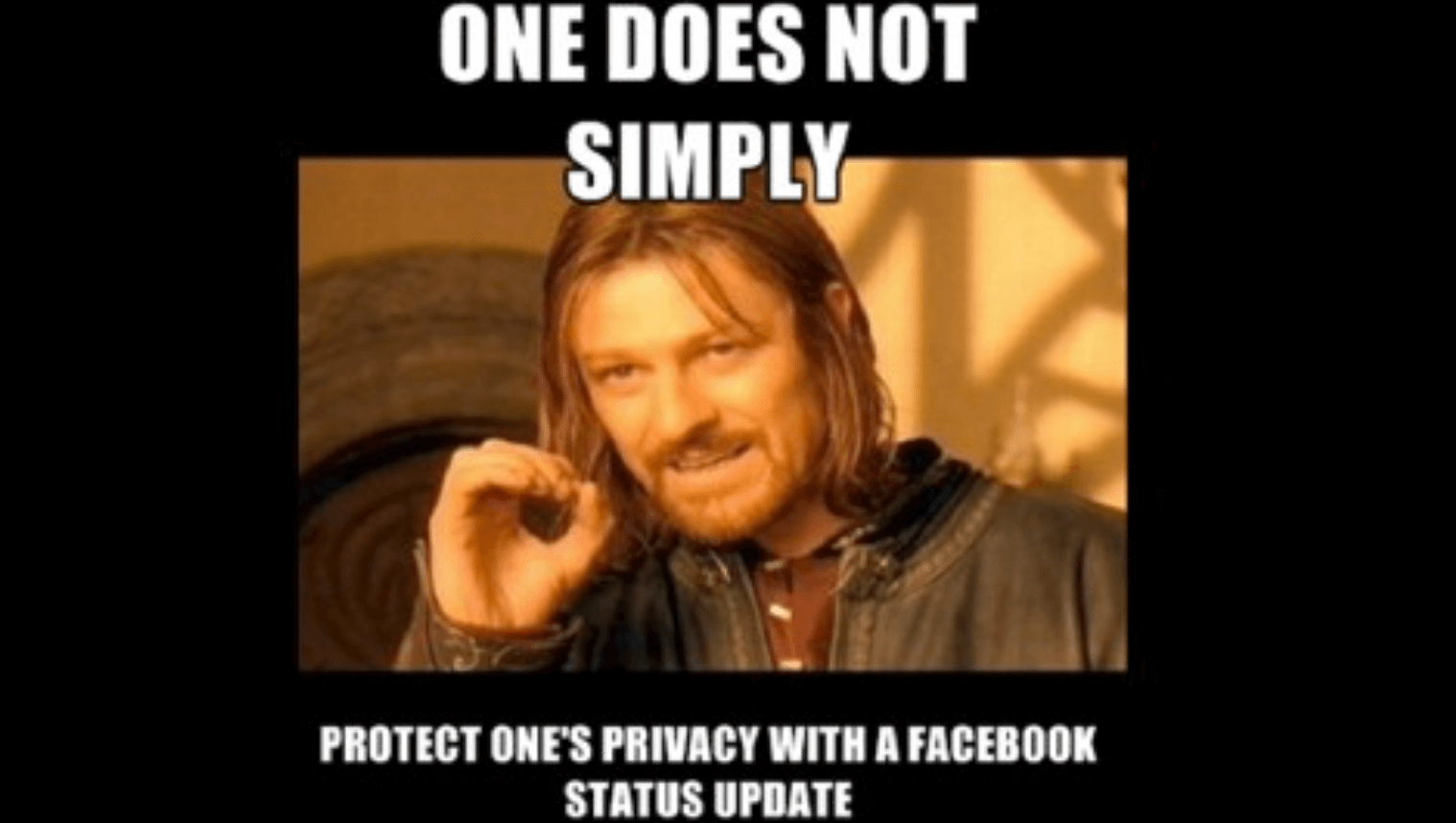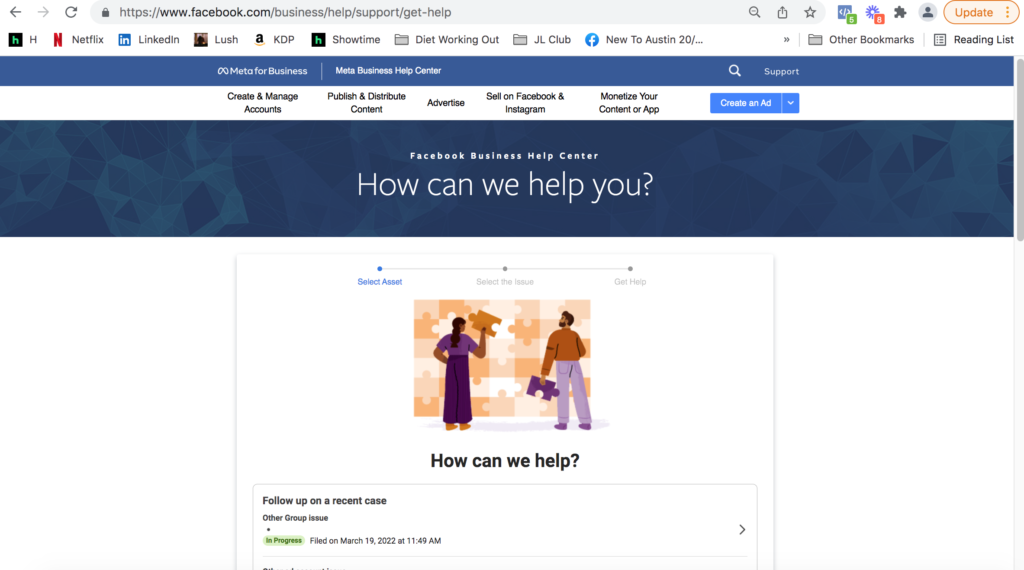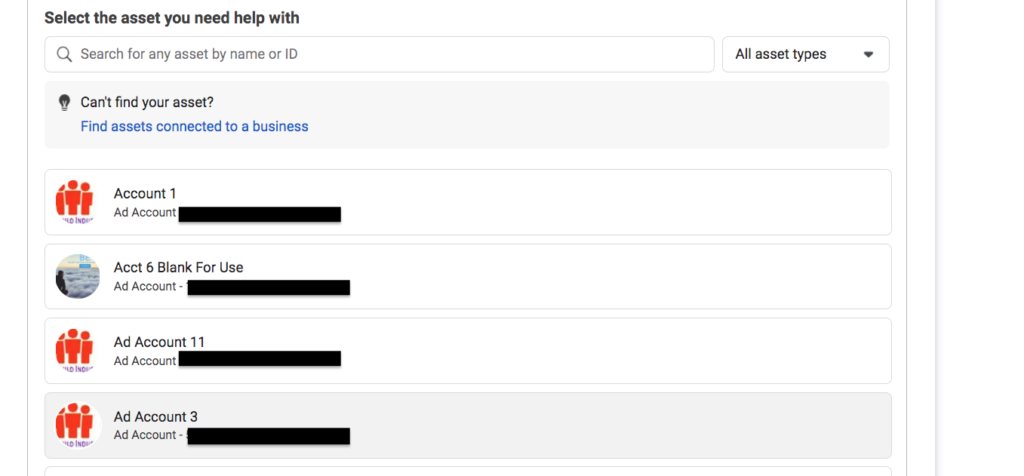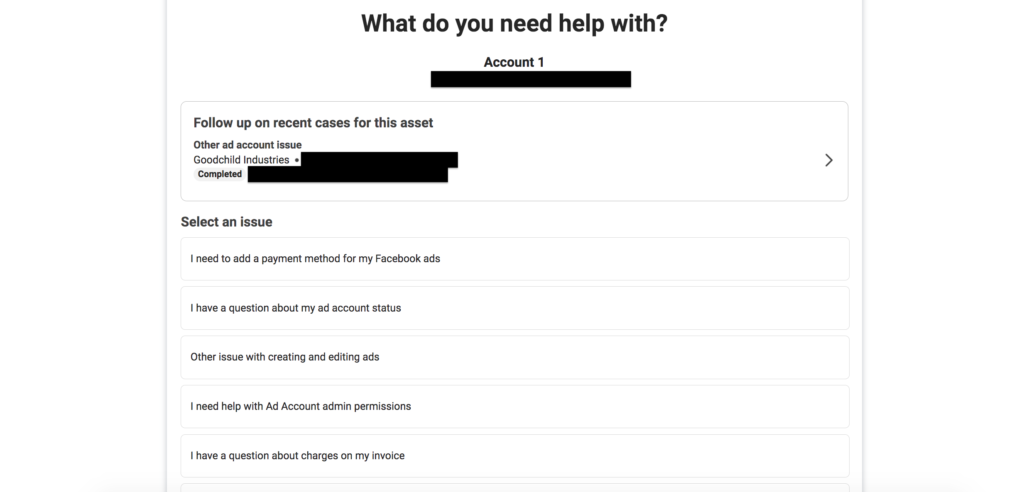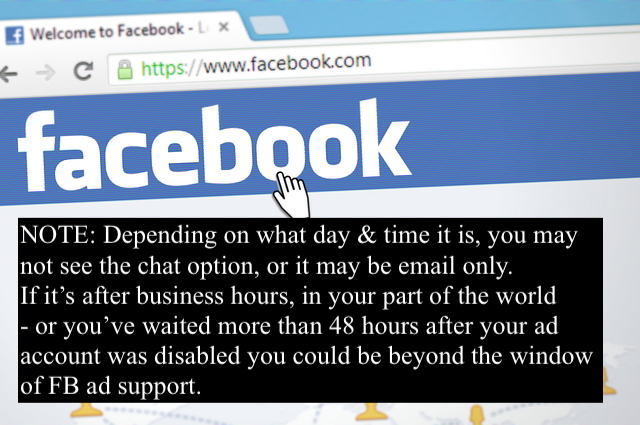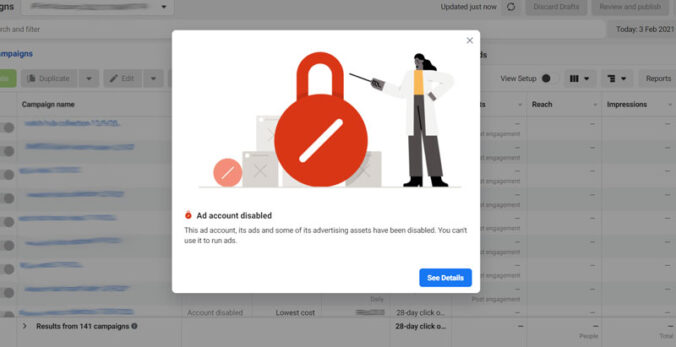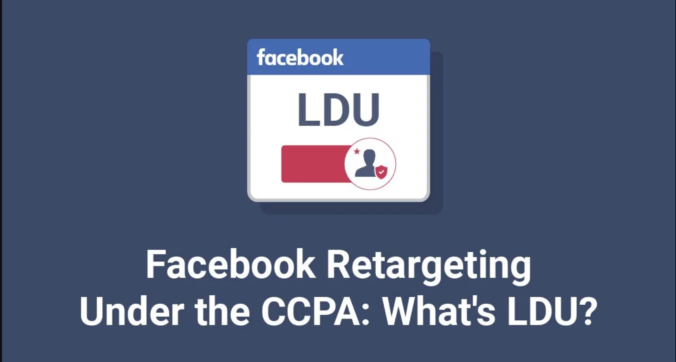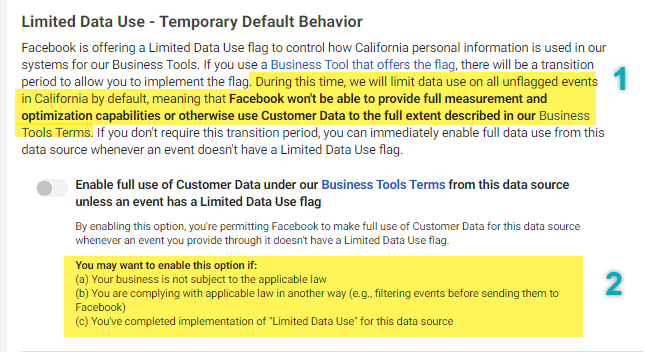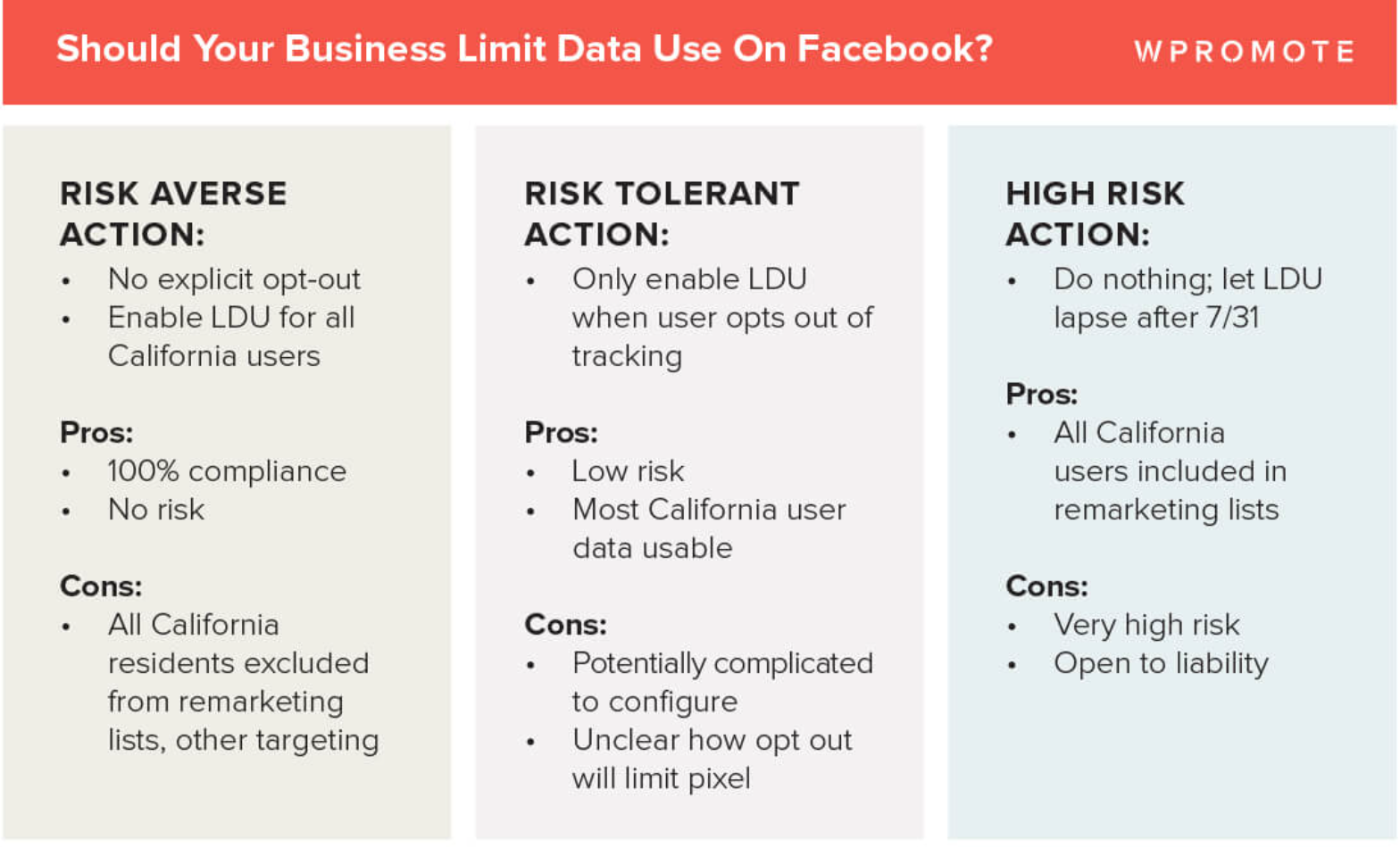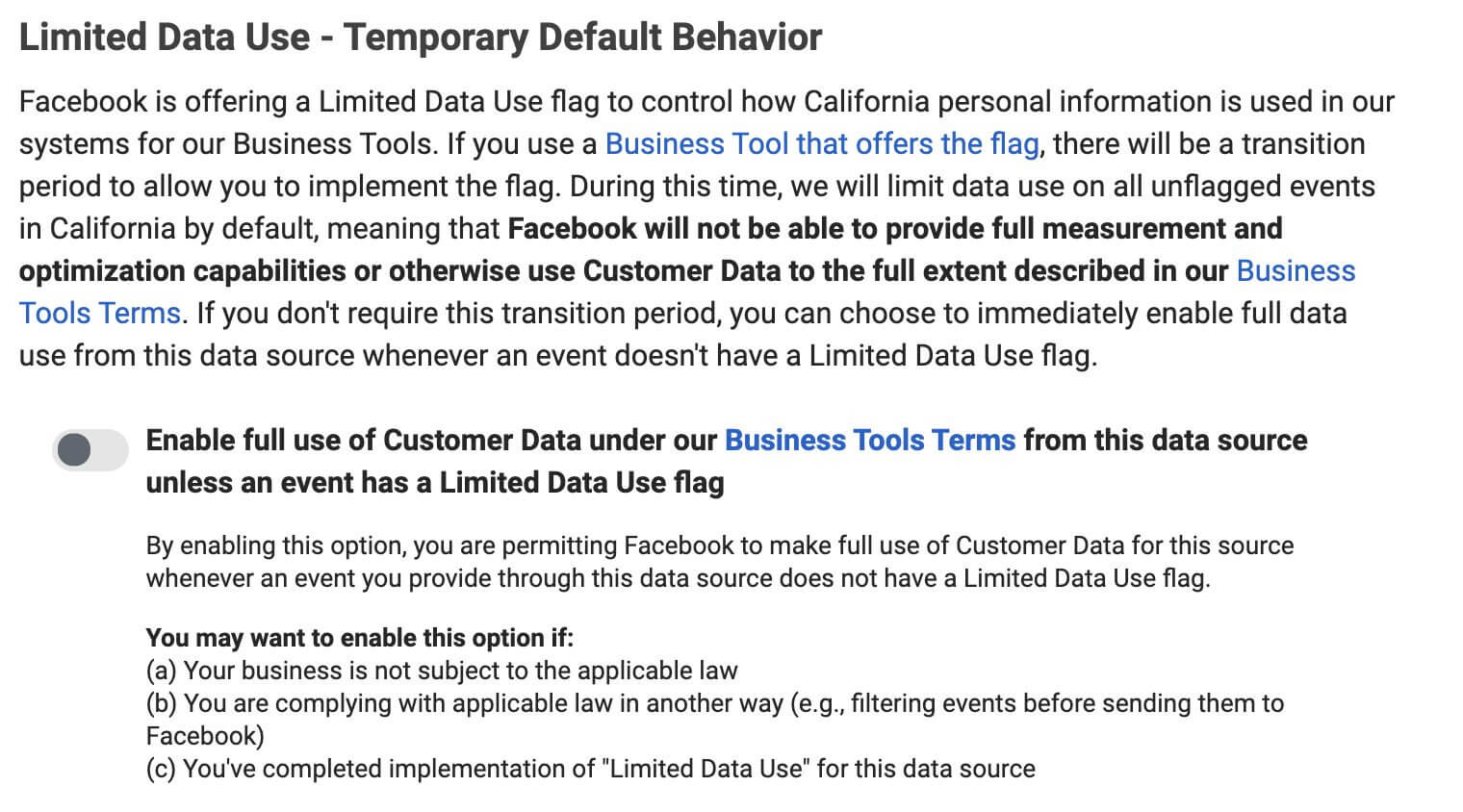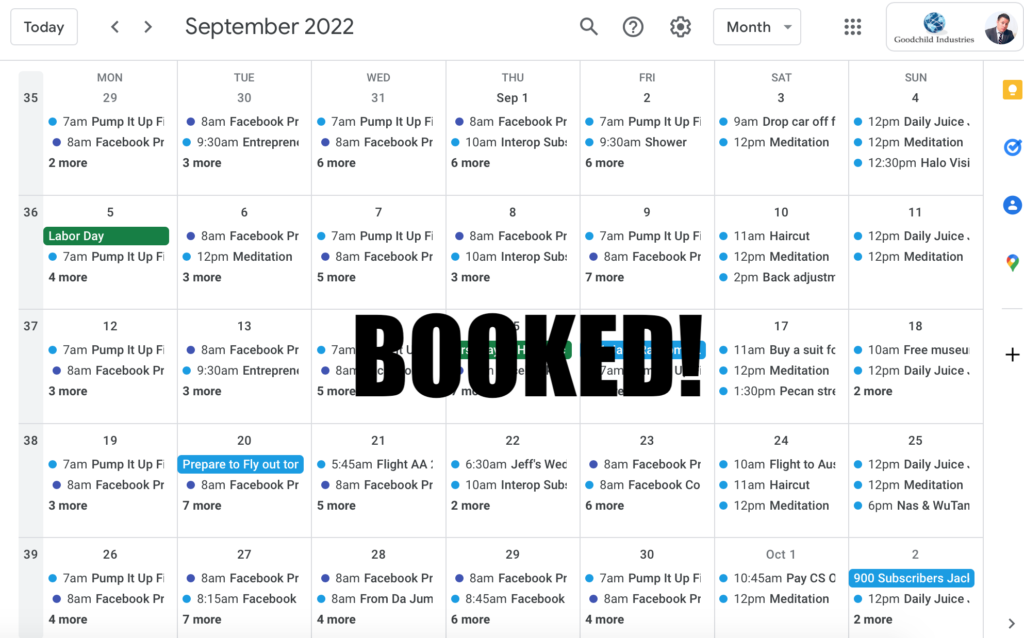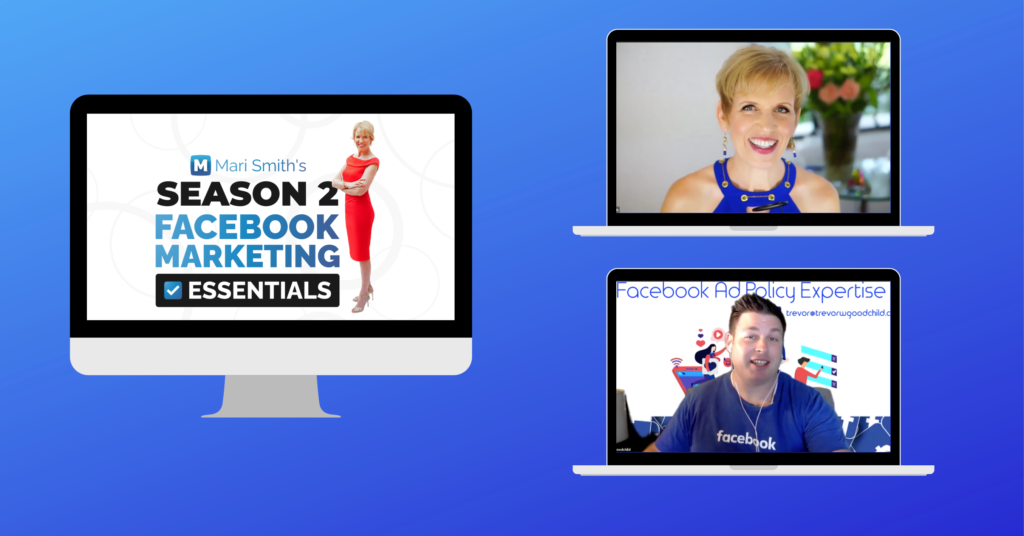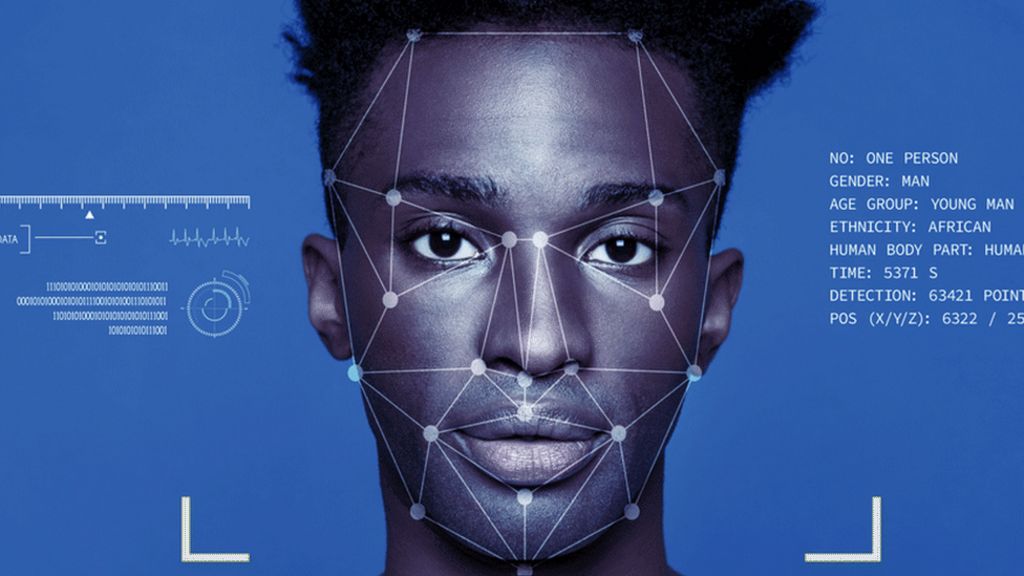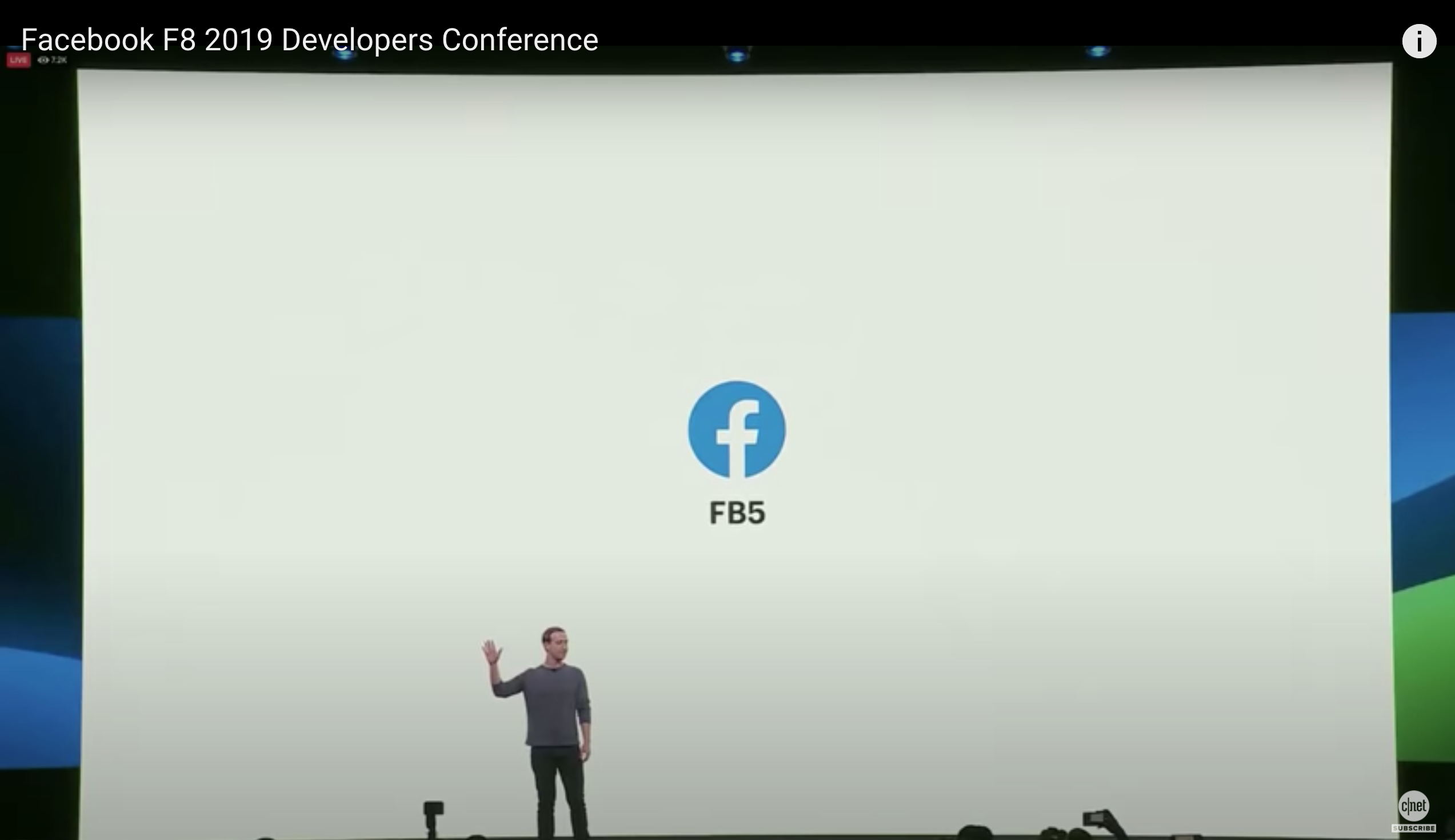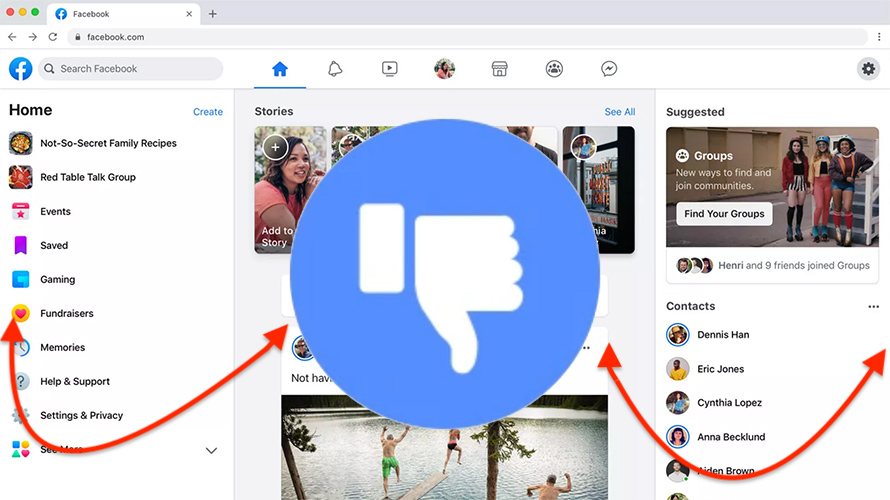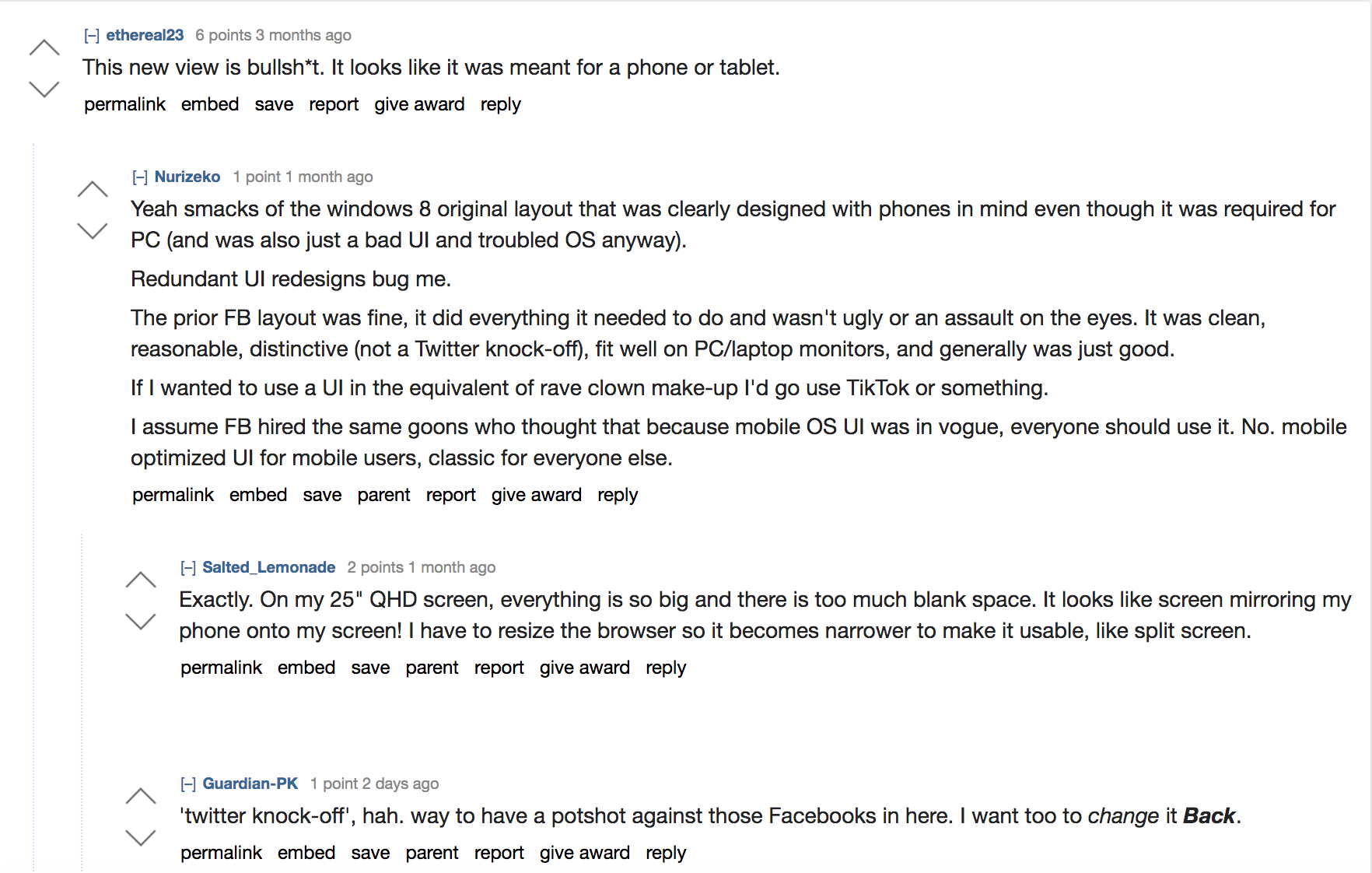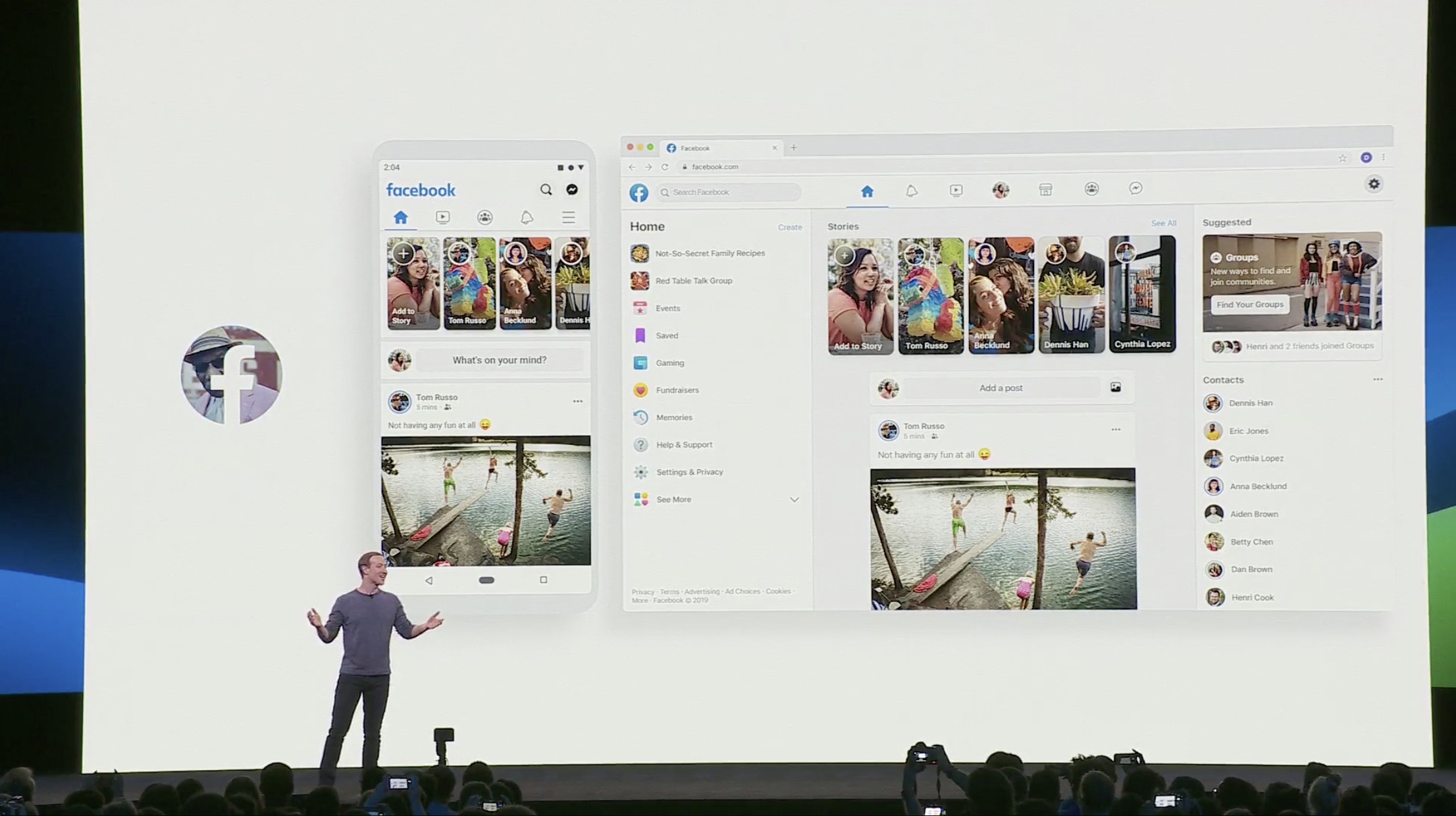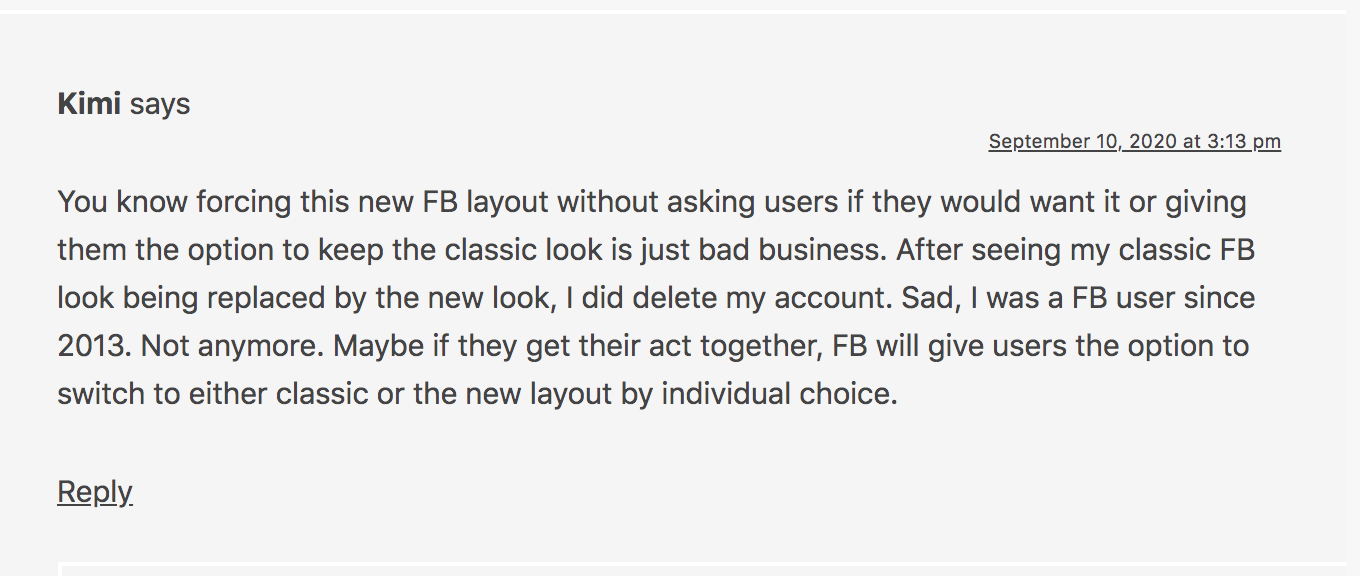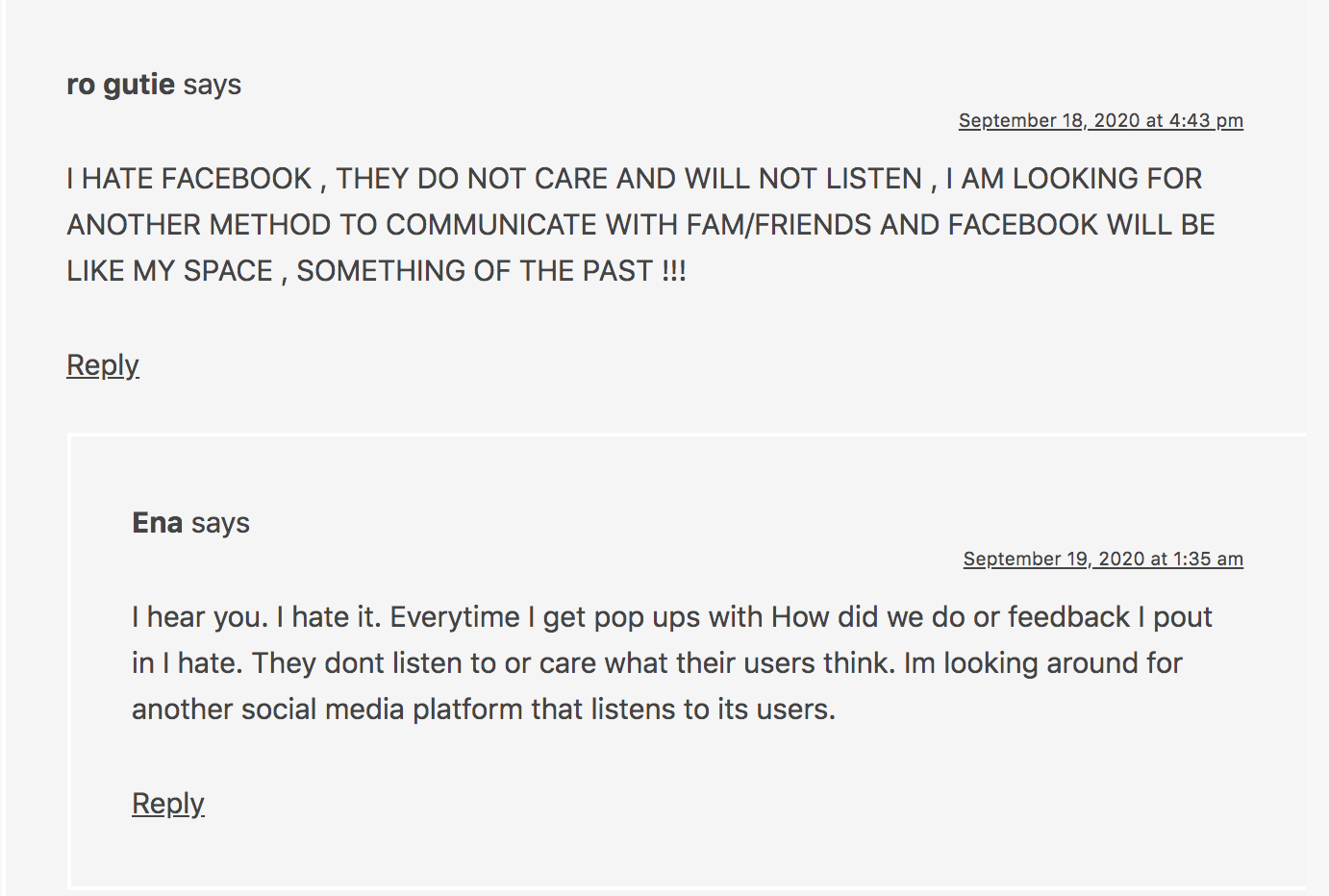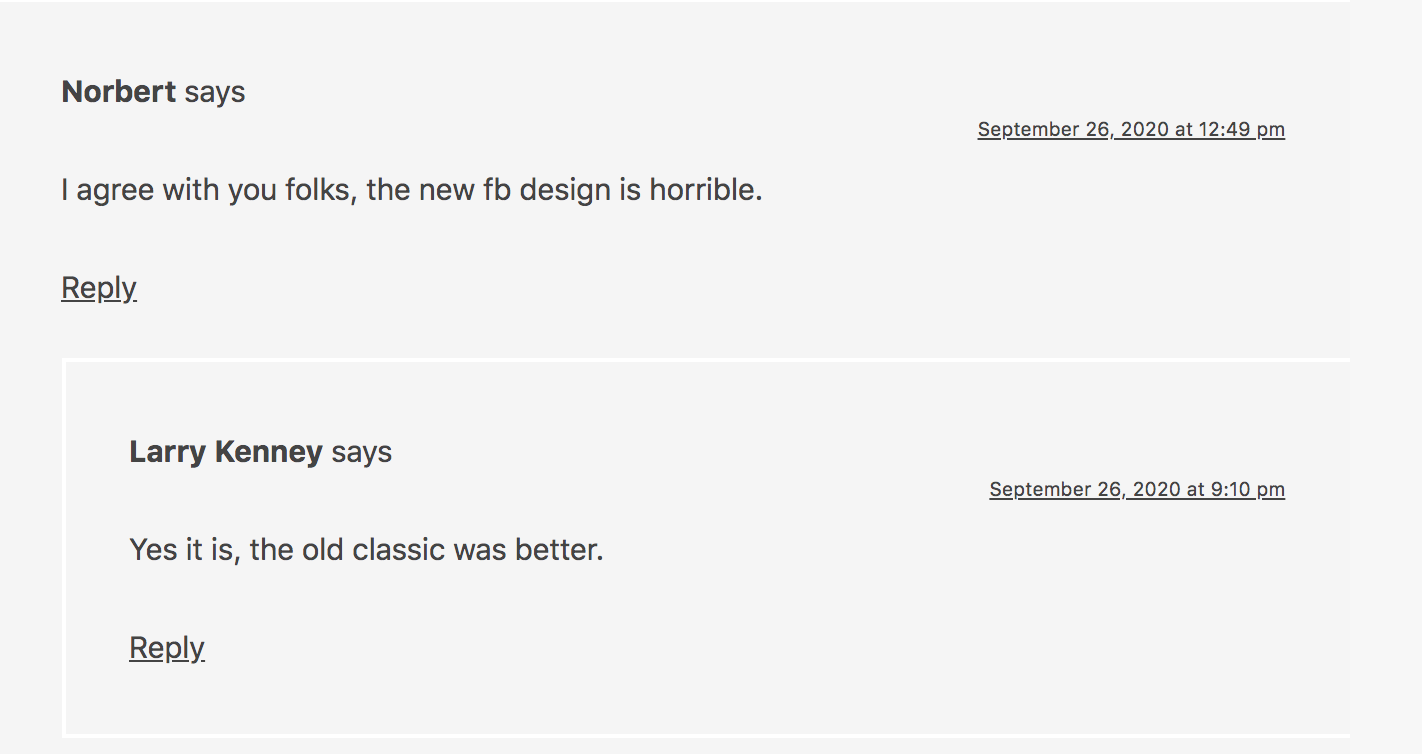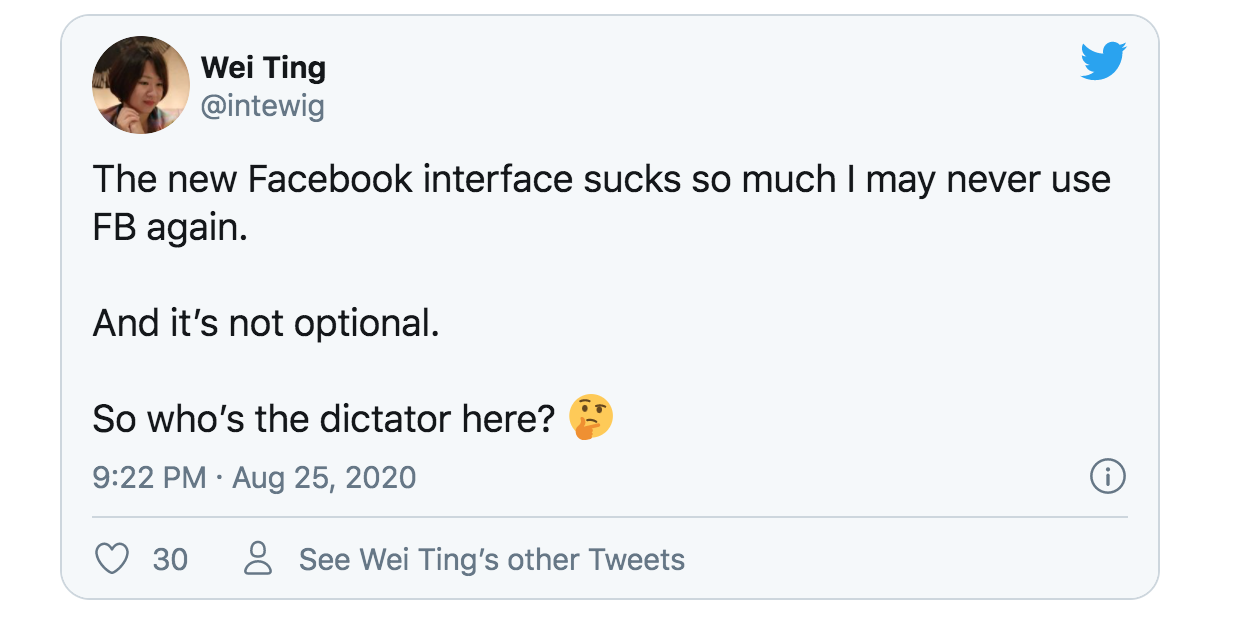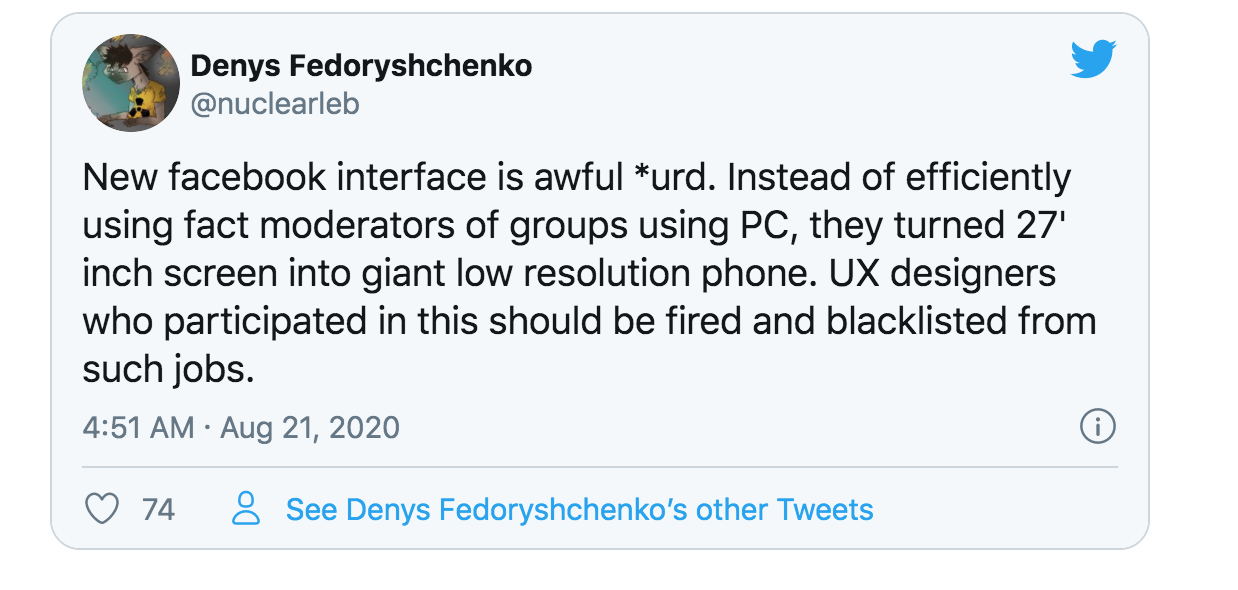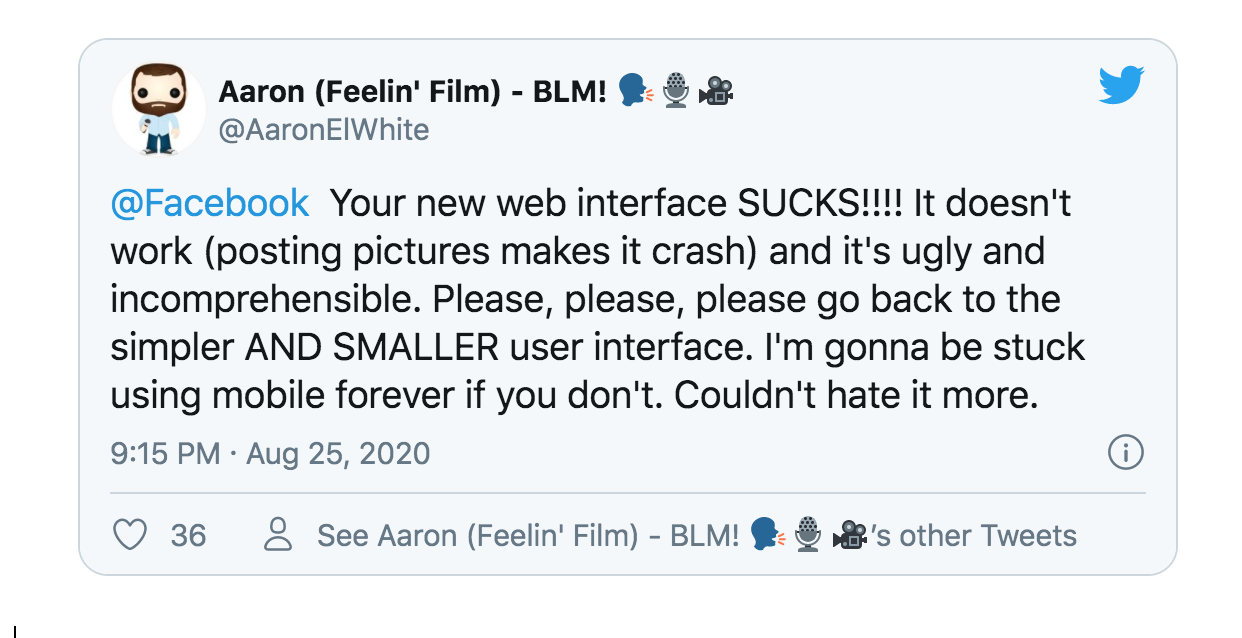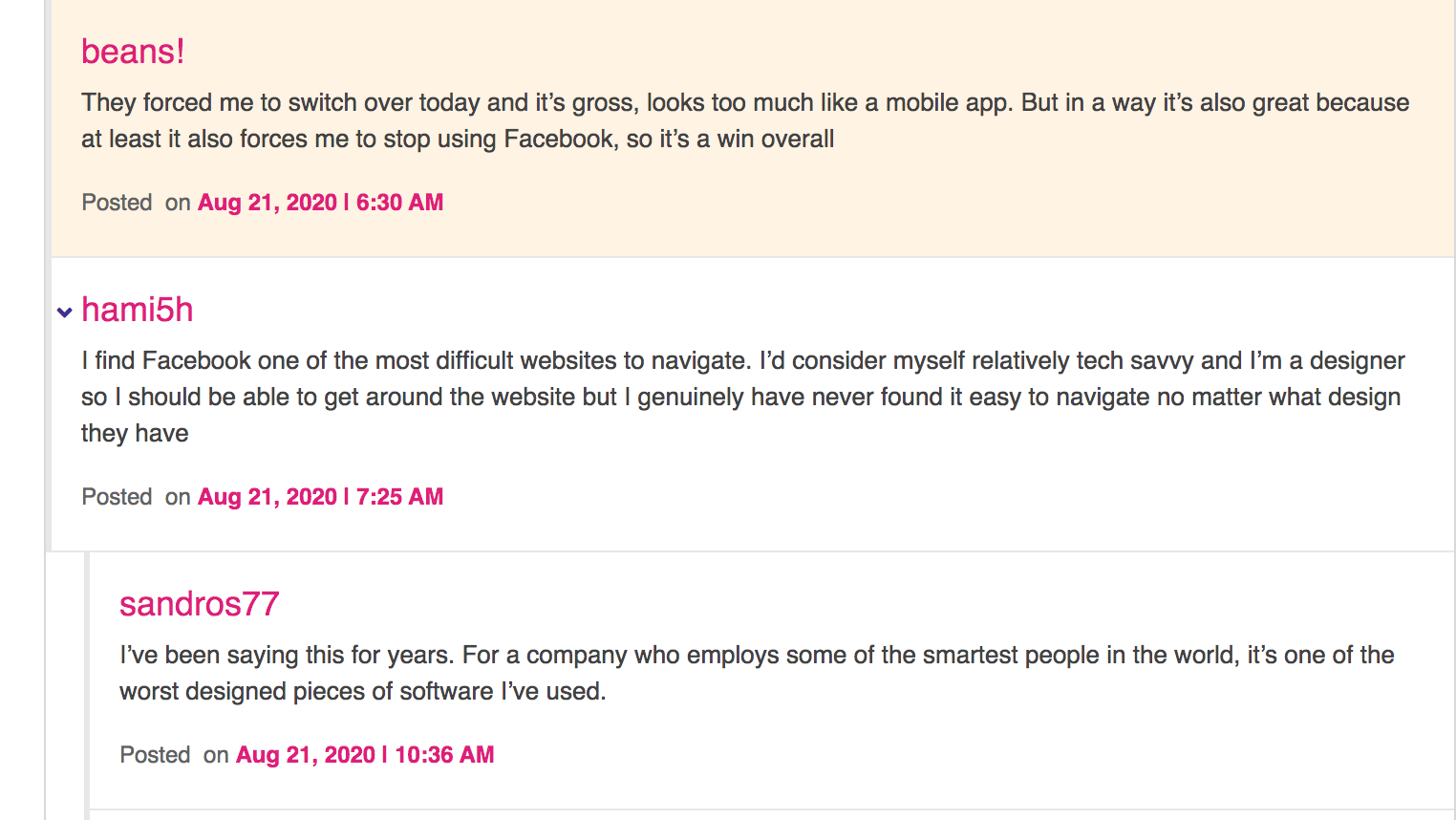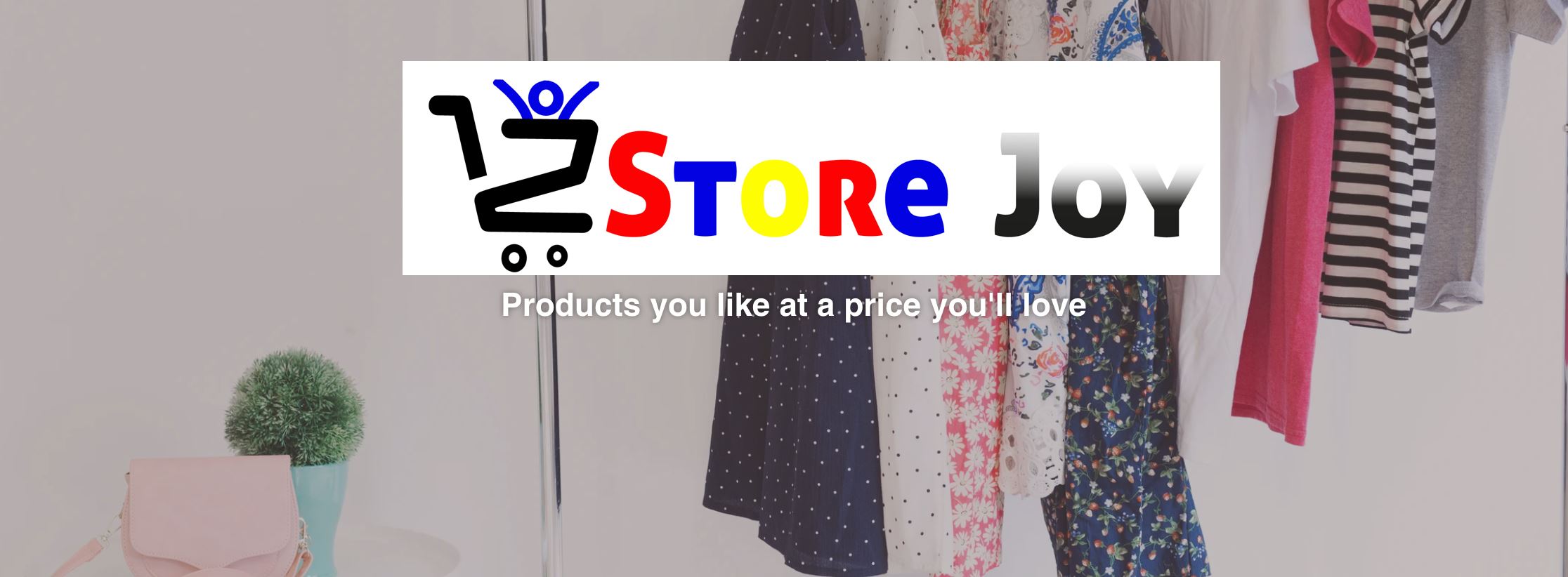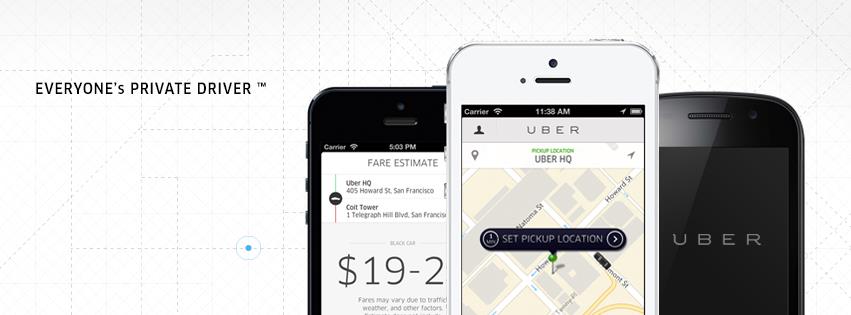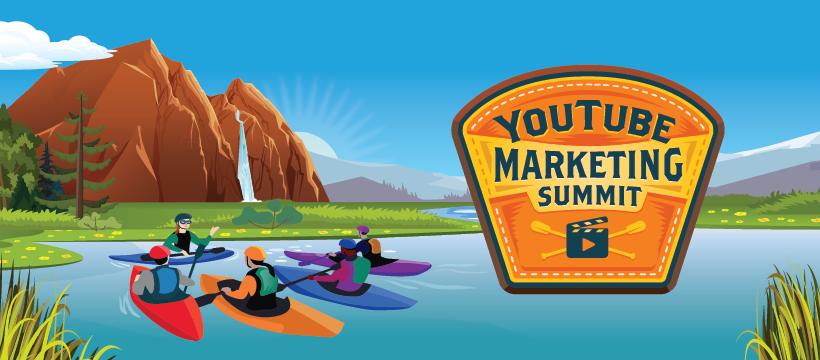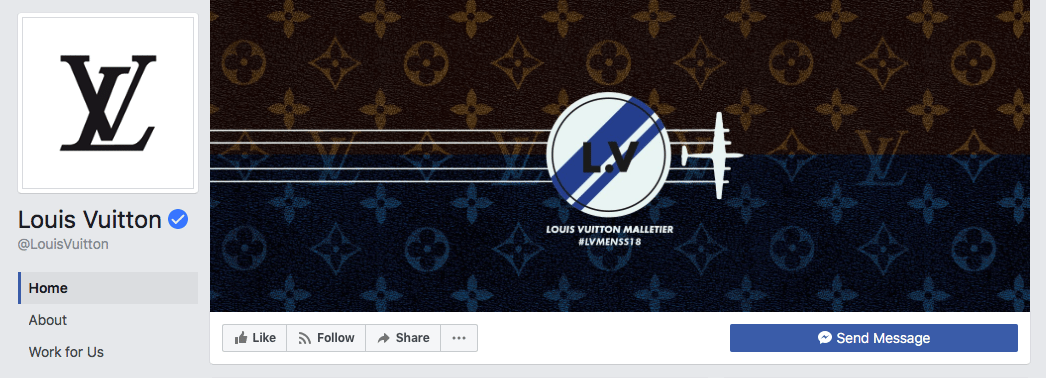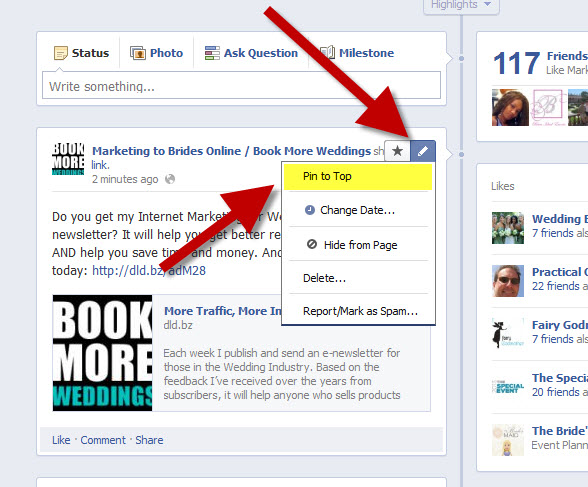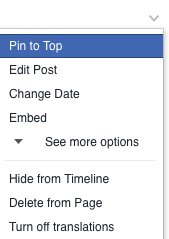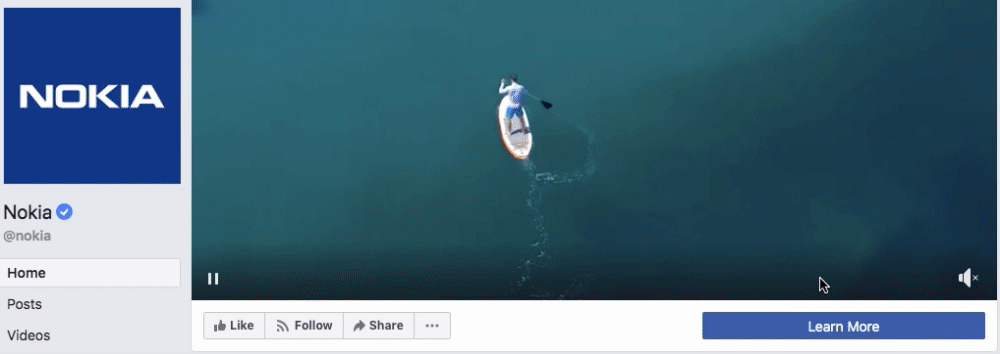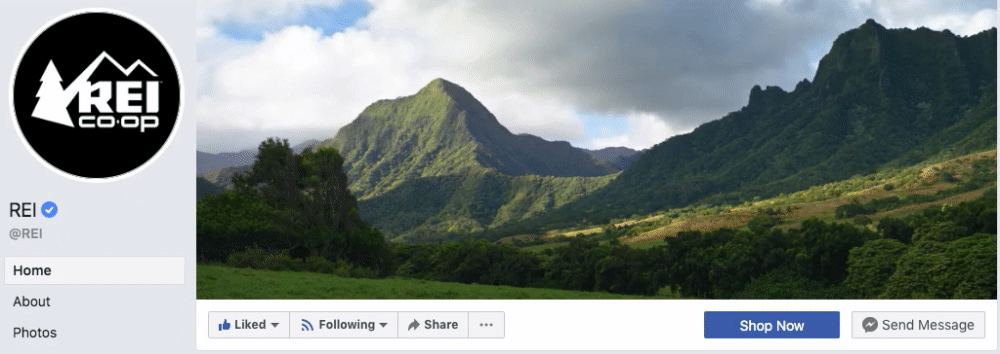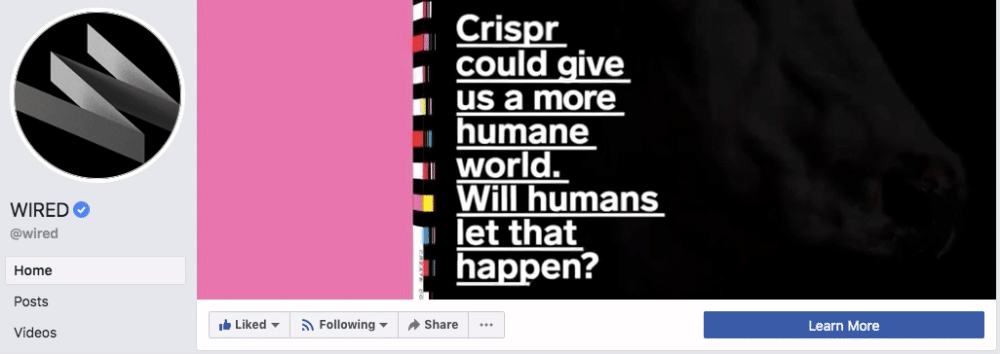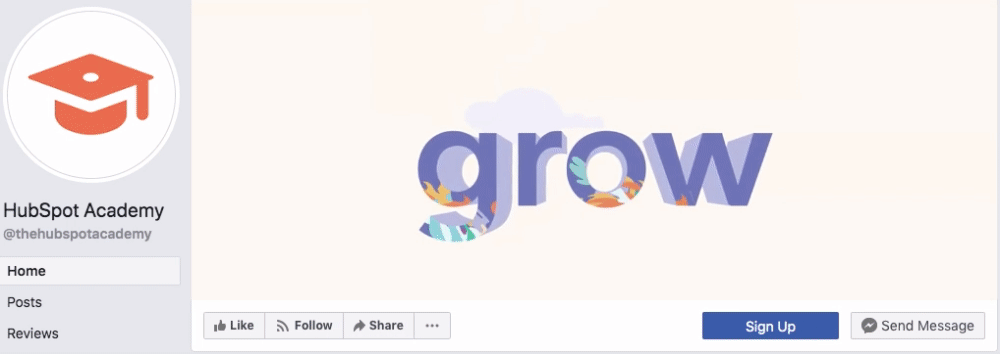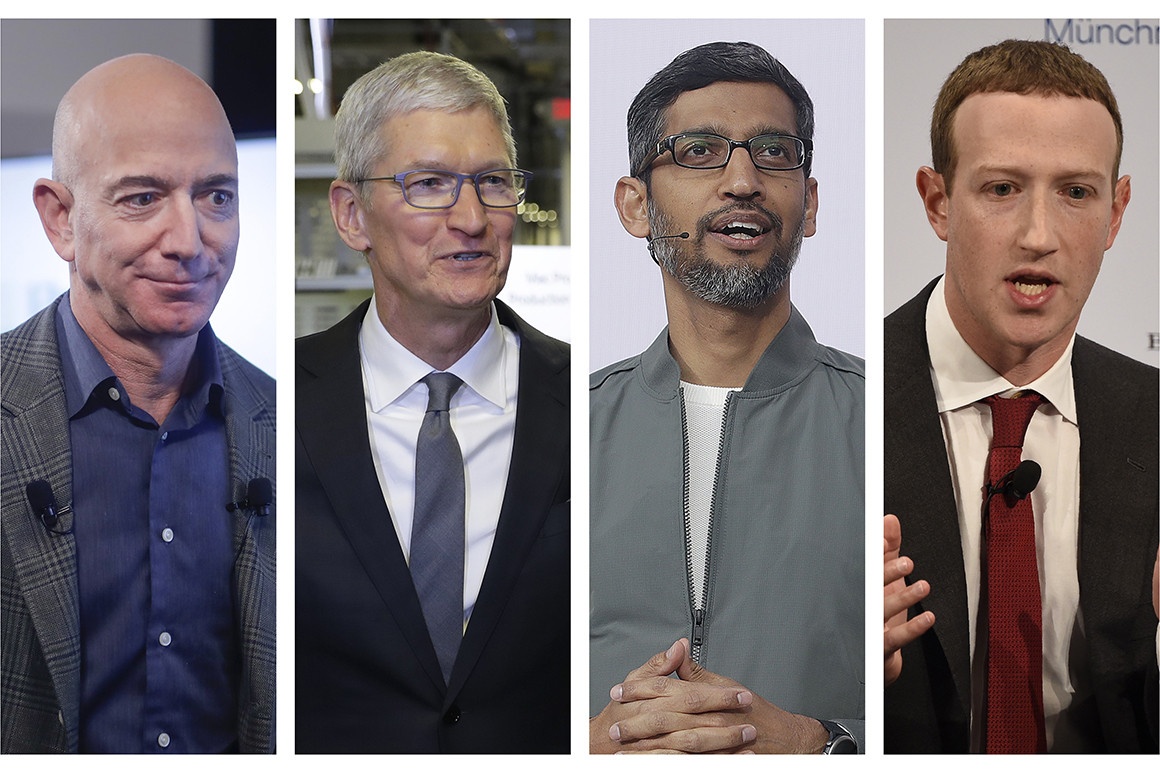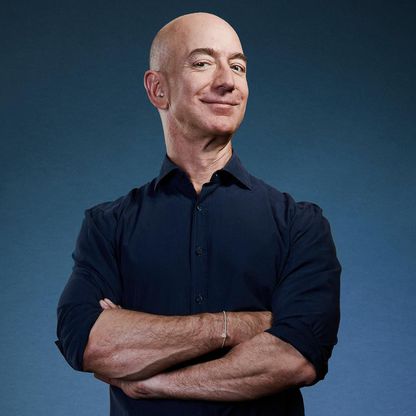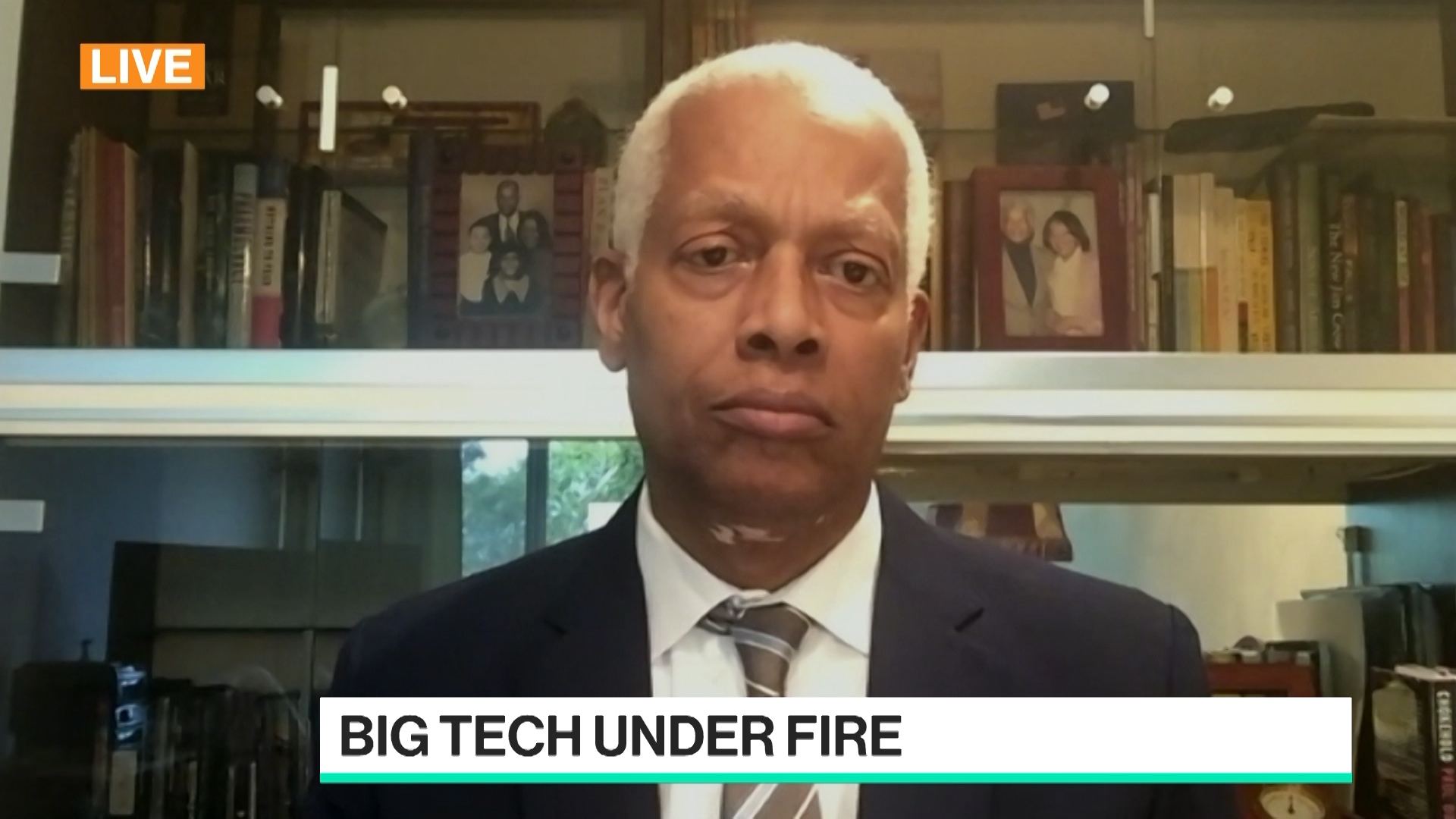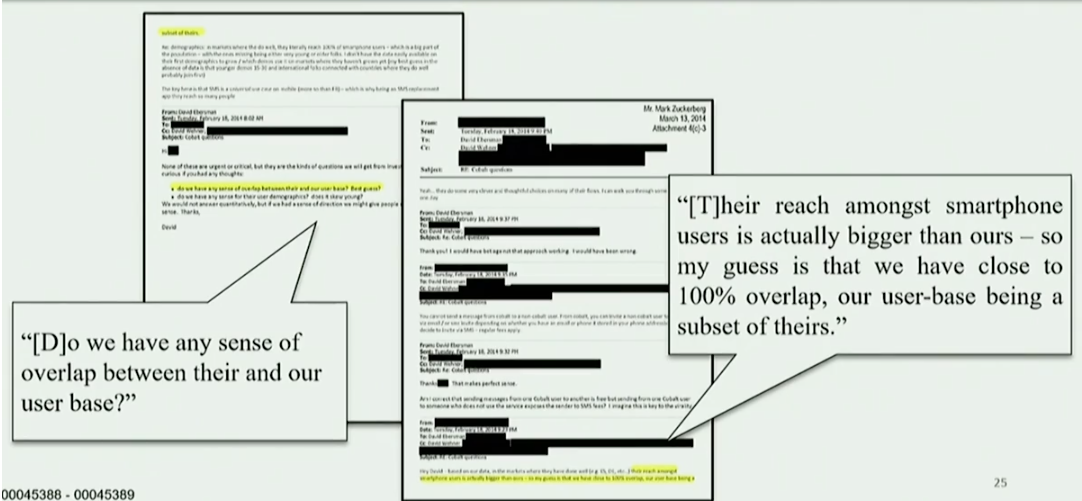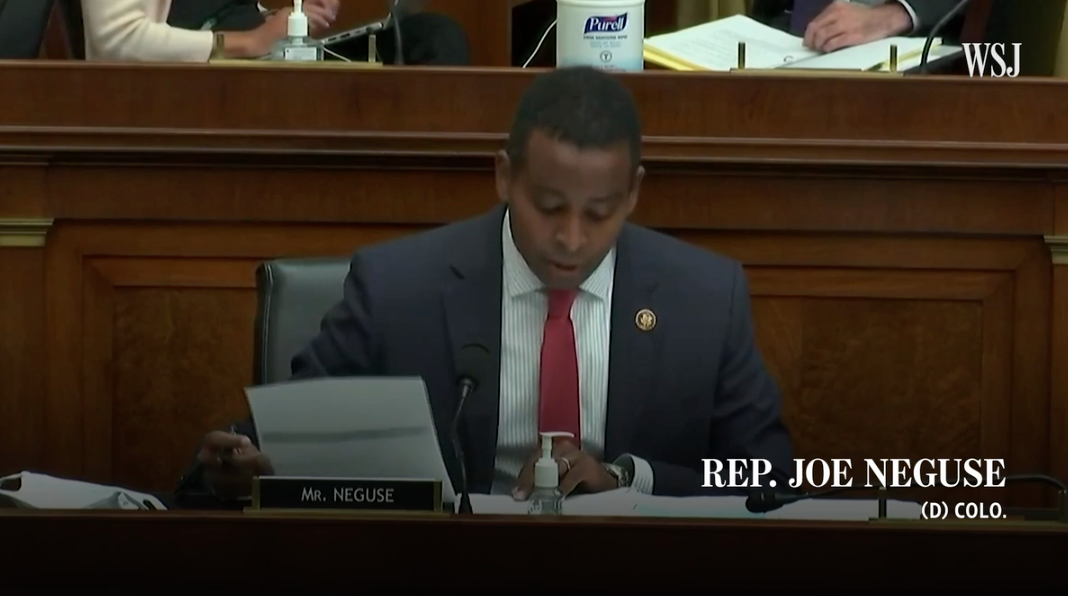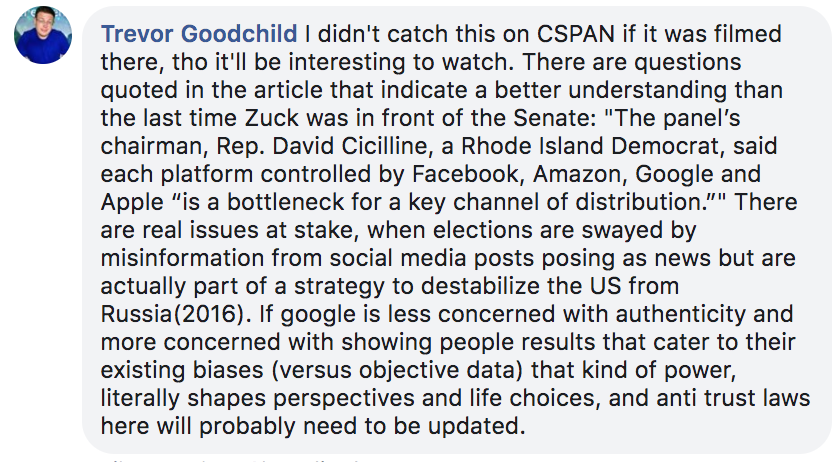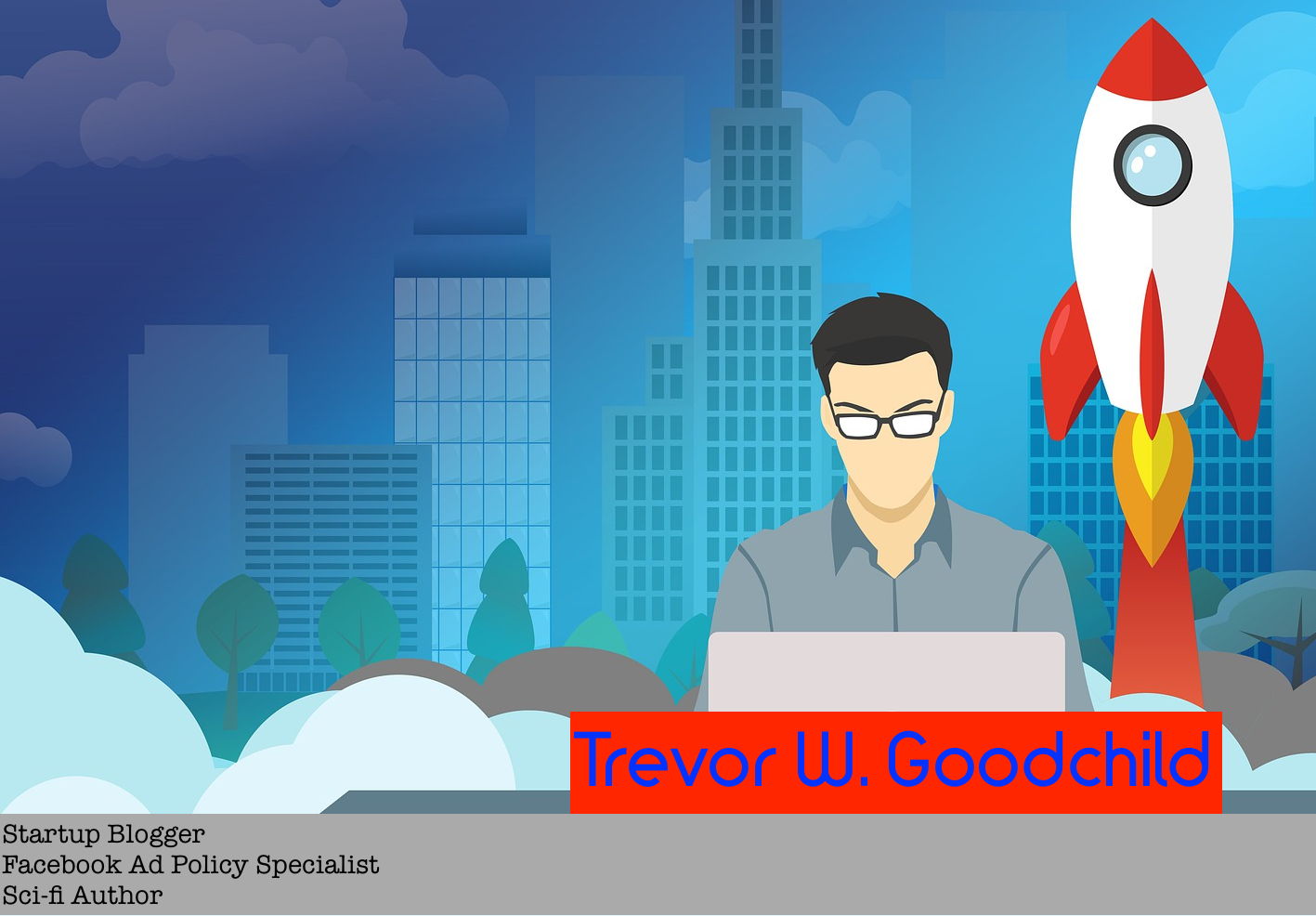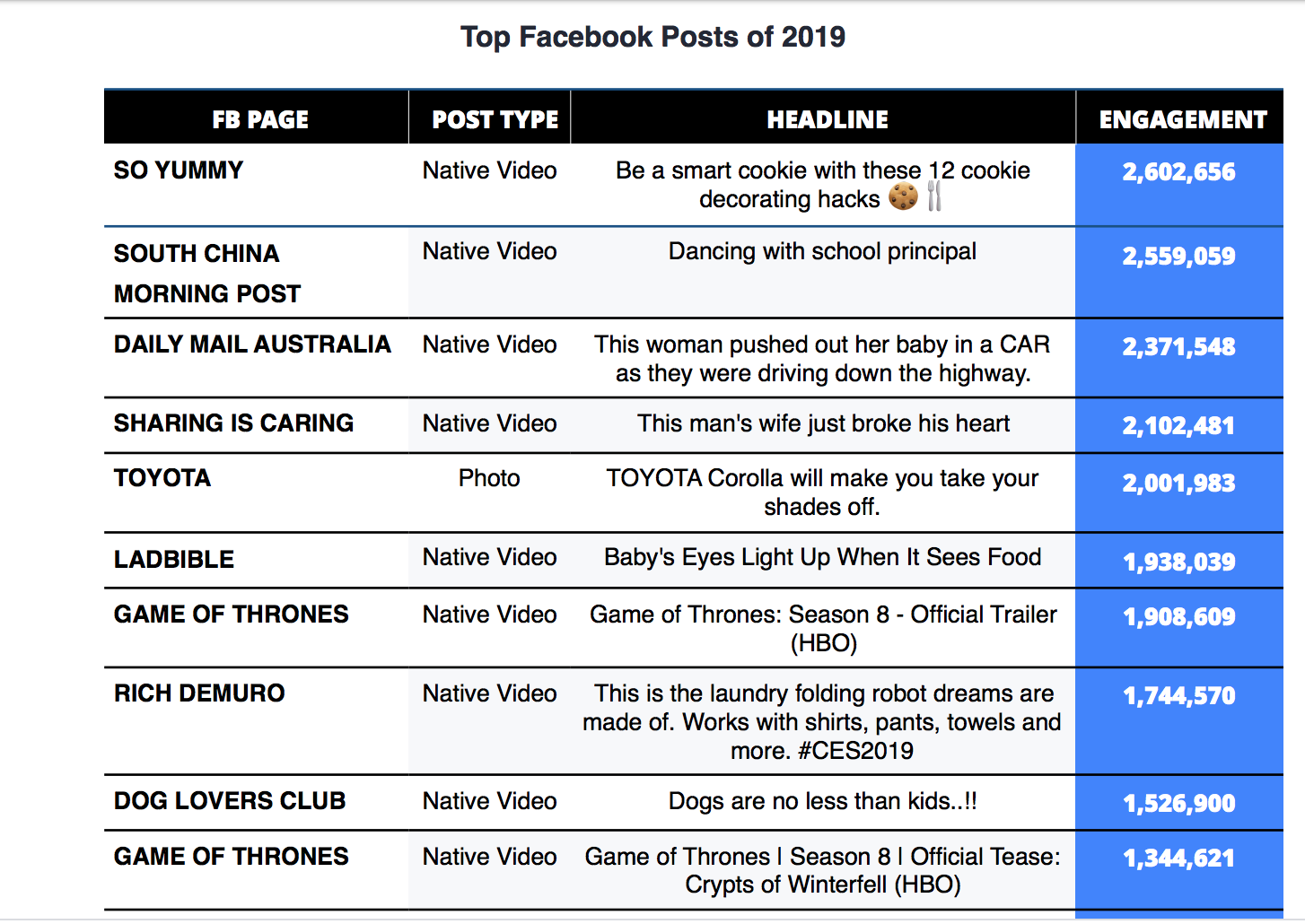Advertising restrictions for unusual activity
Typically, your ad account doesn’t get restricted right away. Usually you’ll have other smaller flags leading up to this. Like, a consistent history of rejected ads. But, with the upcoming presidential election in America, Facebook is getting stricter.
Your ad account may get restricted from just a small mistake now. That’s due to the amount of hackers flooding America from overseas in countries like China, Pakistan, Bangladesh, Vietnam, Malaysia and more.
As a result, you’ll hit the second type of restriction, and get a Facebook ad account restricted seemingly out of nowhere
Oh geez Rick! Why did you have to go and piss off interdimensional Facebook aliens? Now my personal ad account is permanently restricted!

Sadly, a permanent restriction is no laughing matter as it usually means you are forever banned from advertising on Facebook. This is the 3rd type of account restrictions. Are you personally stuck in that position? I have a way out, like Michael Scofield escaping Facebook prison. Book a complimentary call here.
Often Facebook may use header flags, like Circumventing Systems, to flag that something is wrong with your funnel. But, the machines have yet to get a definite Facebook ad policy violation from your ads or lander. All the Facebook bots know is that something is non compliant.
Time to talk about other flags that contribute to getting an ad account restricted Facebook sometimes picks and chooses smaller flags and combines them together before a complete ban.
I see a lot of cases where businesses try to make big claims that are over the line for what facebook allows. Then, it is very easy to get banned, especially when you use spammy sounding copy on Facebook. Your Facebook Page usually isn’t banned first, typically you’ll get some ad rejections first. This may then trickle down to higher CPAs.
If you haven’t course-corrected in a Facebook-approved way by now, Facebook will make the determination that these Facebook ad policy missteps are intentional, leading to a Your advertising access is restricted ban.
The actions you take that lead up to an ad account restricted Facebook logs as well.
In an ideal world you’d get a notification in emails from Facebook, or from the bell icon in the Meta Business Suite, or the Business Manager settings that notifies you of current ad restrictions when you get the Your advertising access is restricted ban.
How can I tell if my account was restricted?
Here’s the weird part: Facebook changes how they notify you of an ad account being restricted almost every time. Sometimes you’ll click the bell icon in Facebook Business Manager and see the ban there.
Other times it’s in red text above your ads in Ads Manager. And rarely, you may get an email from Facebook. But, if you go to create an ad and Facebook won’t let you, that’s the fastest way to find out if you’re restricted.
What does having my account restricted mean?
It means you’re on the shit list, the no fly zone buddy, the he can enter, she can enter, he can enter, oh no, sorry bud, not you. You can’t advertise. It means you may just have an ad account restricted, but your Page may be ok and your Facebook Business Manager may be ok, but your ad account is not.
The first step you take you should be careful about if you’re dealing with an ad account restricted facebook often takes fast actions in this situation.
Now, moving on to the first steps to take with Facebook bans.
Up next are some tips when auditing your funnel for Facebook compliance.
Ad Account Restricted Facebook Appeals
Appealing can give your ad account a second wind, but only if you understand how to appeal correctly.
How to appeal advertising restrictions
That “Don’t fret” shit is hilarious – and spoken like a true grunt just writing out copy without the real life lived experience of running ads on Facebook that get rejected, and domino into ad account or business managers being disabled.
Not only that, this website has copied a lot from my blog here, but only on the surface-level, mimicking my headlines but not able to give you a straight answer in the content.

Suffice to say, a lot of the info out there on the interwebs is blatantly false, spindoctoring answers based on random guesses, reappropriated answers miscommunicated, and flatout bullshit with a clickbait title but no substance.
Let me help you out more here, given my experience at Meta, and answer some frequently asked questions.
Wow so we’ve gone through a lot of information so far for how Facebook flags, and bans, as well as some tips for prevention and recovery. To graduate to the next level you’ll need to upgrade your Facebook advertising to the next level, balancing compliance with conversions.

